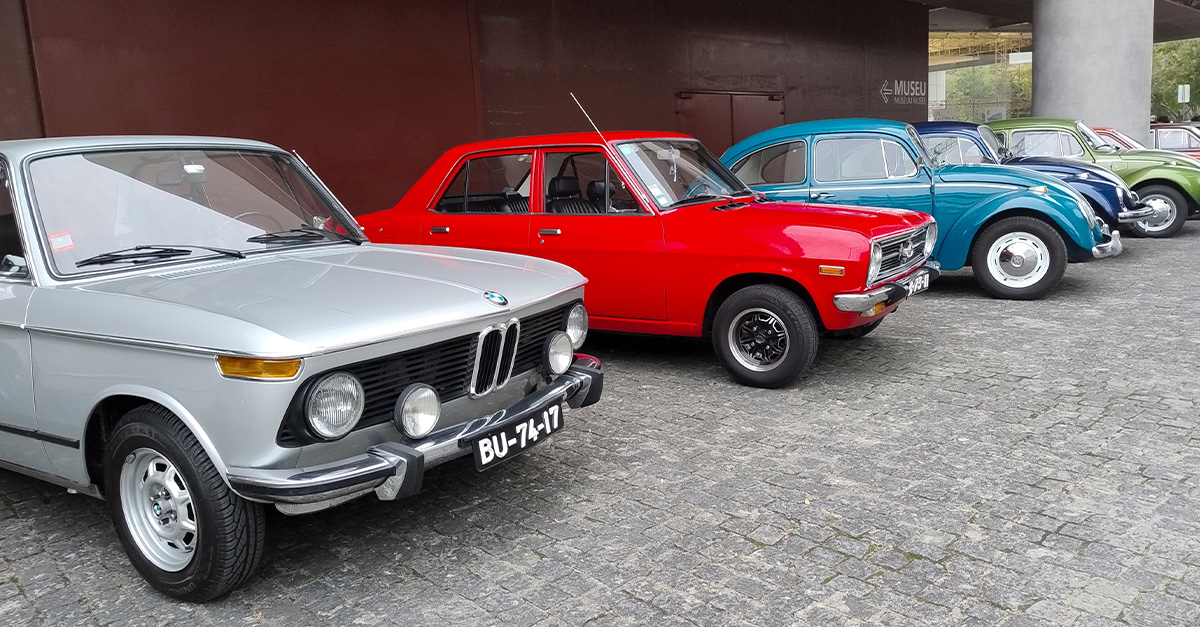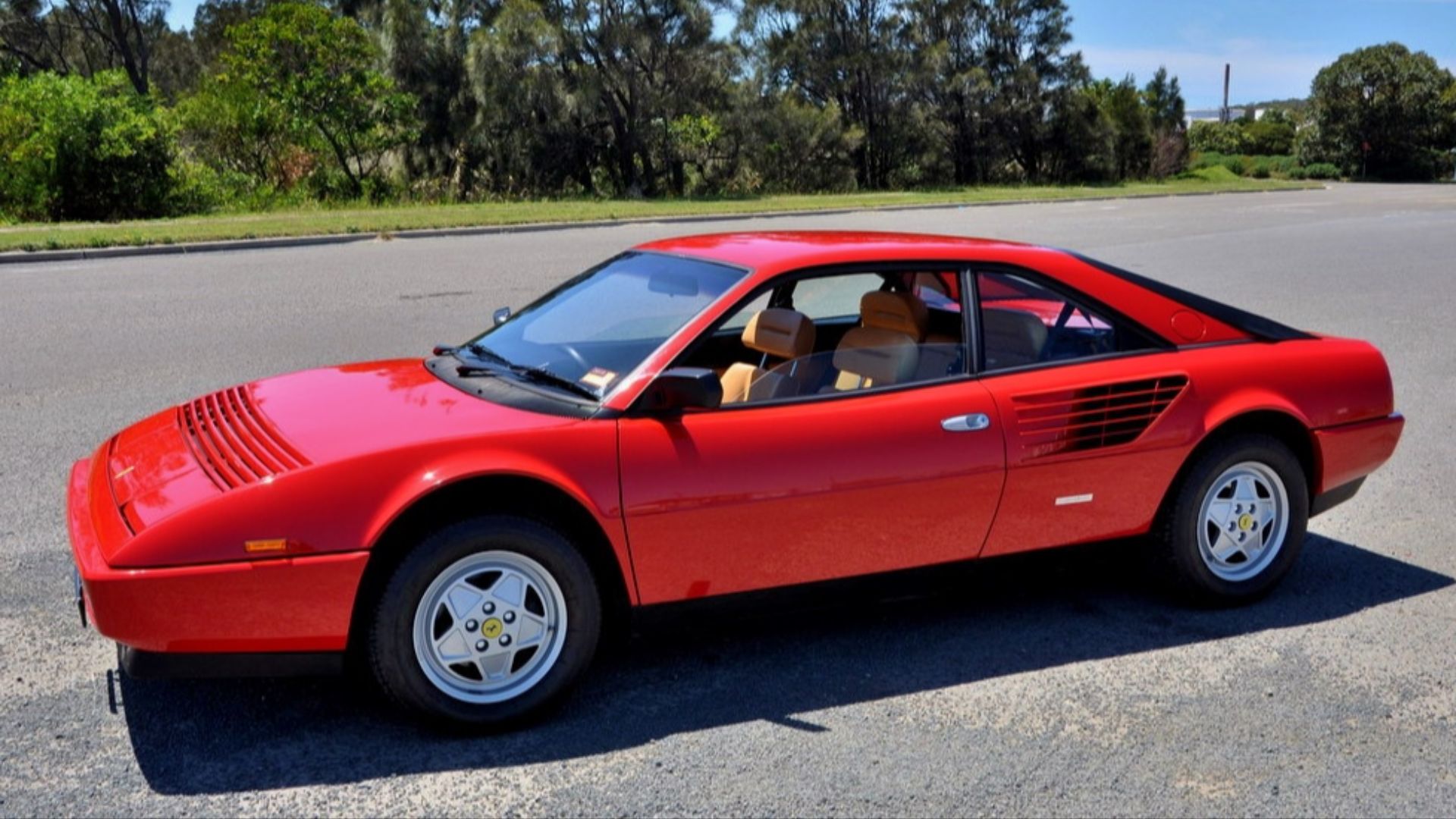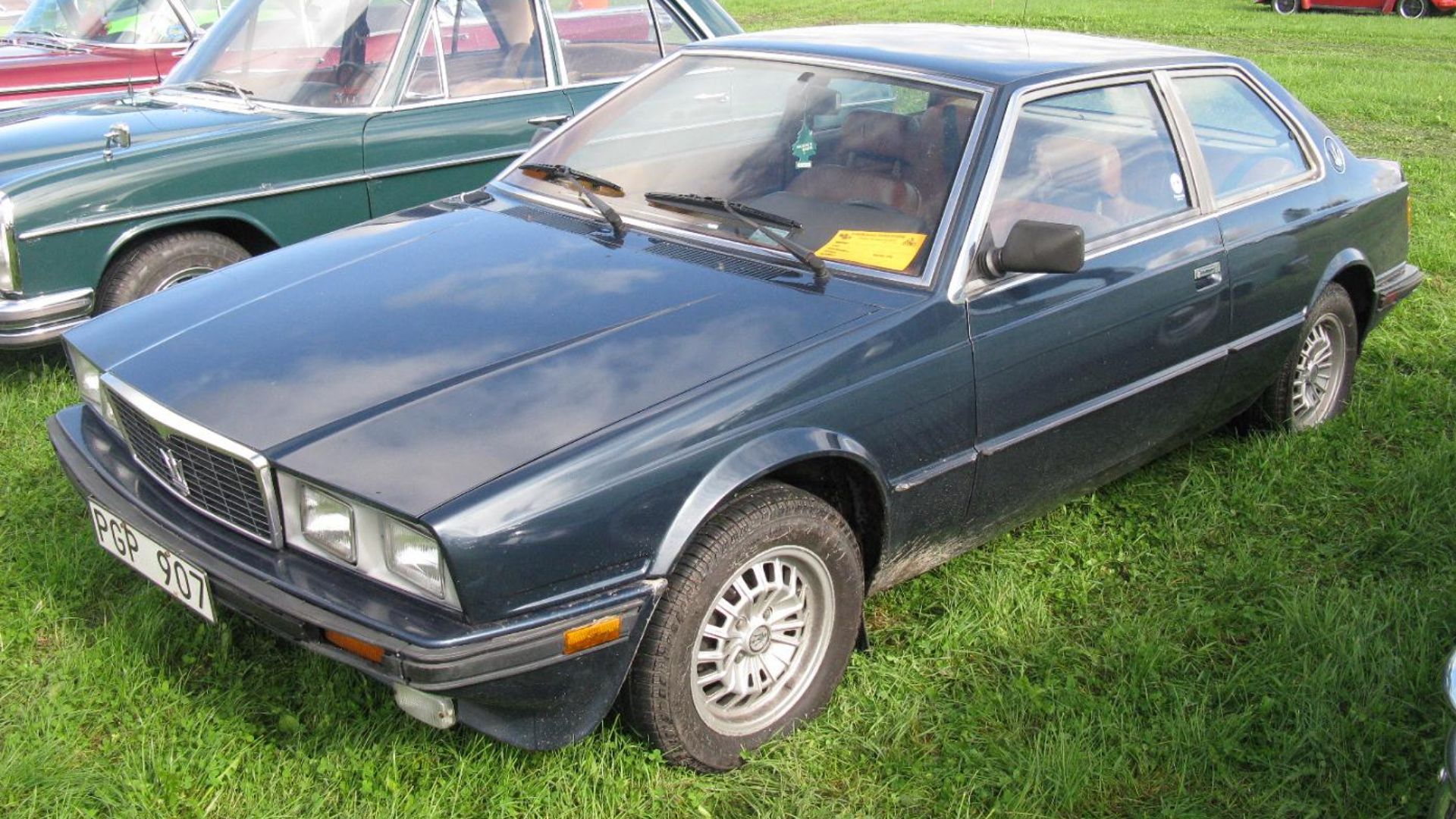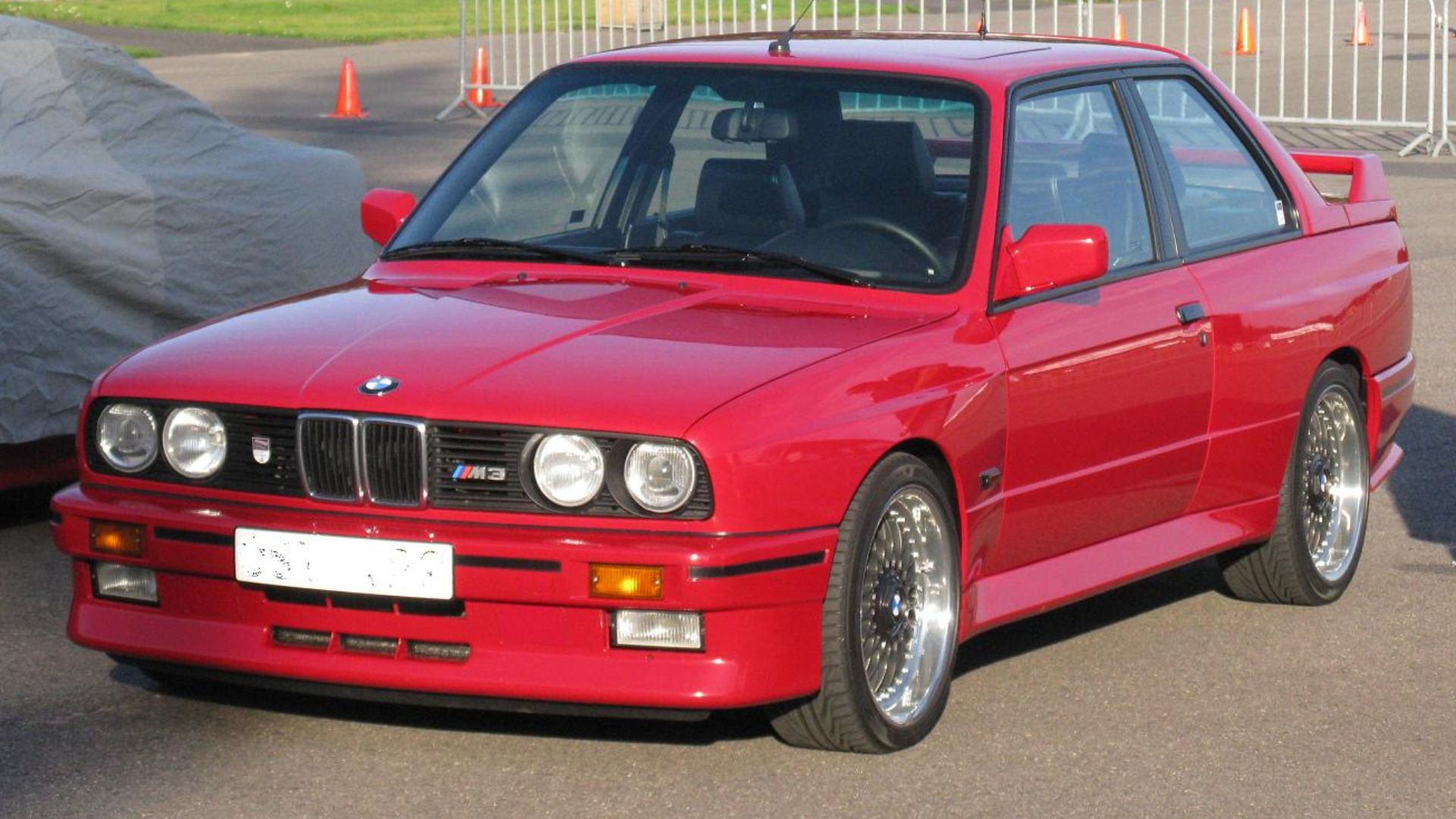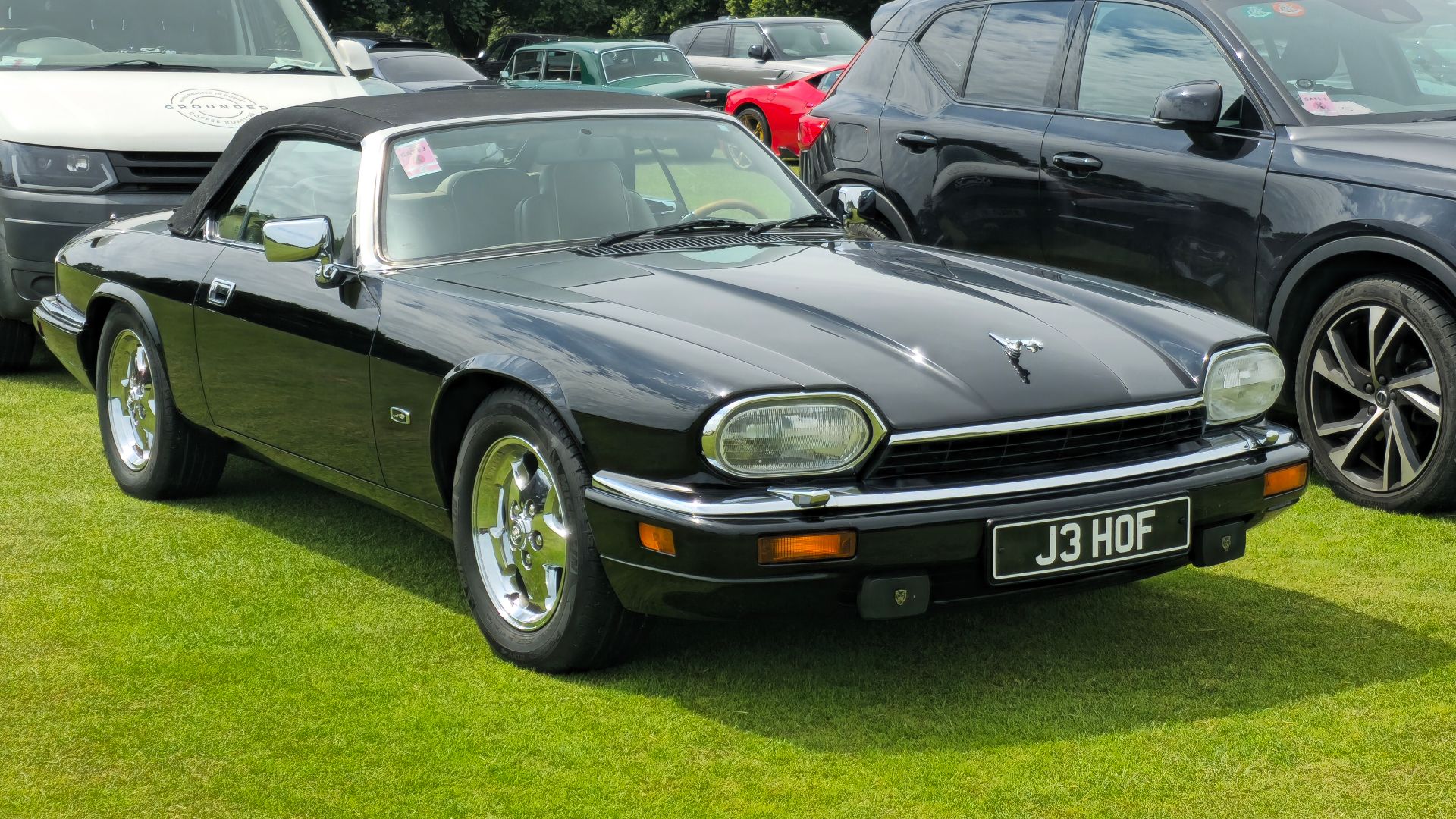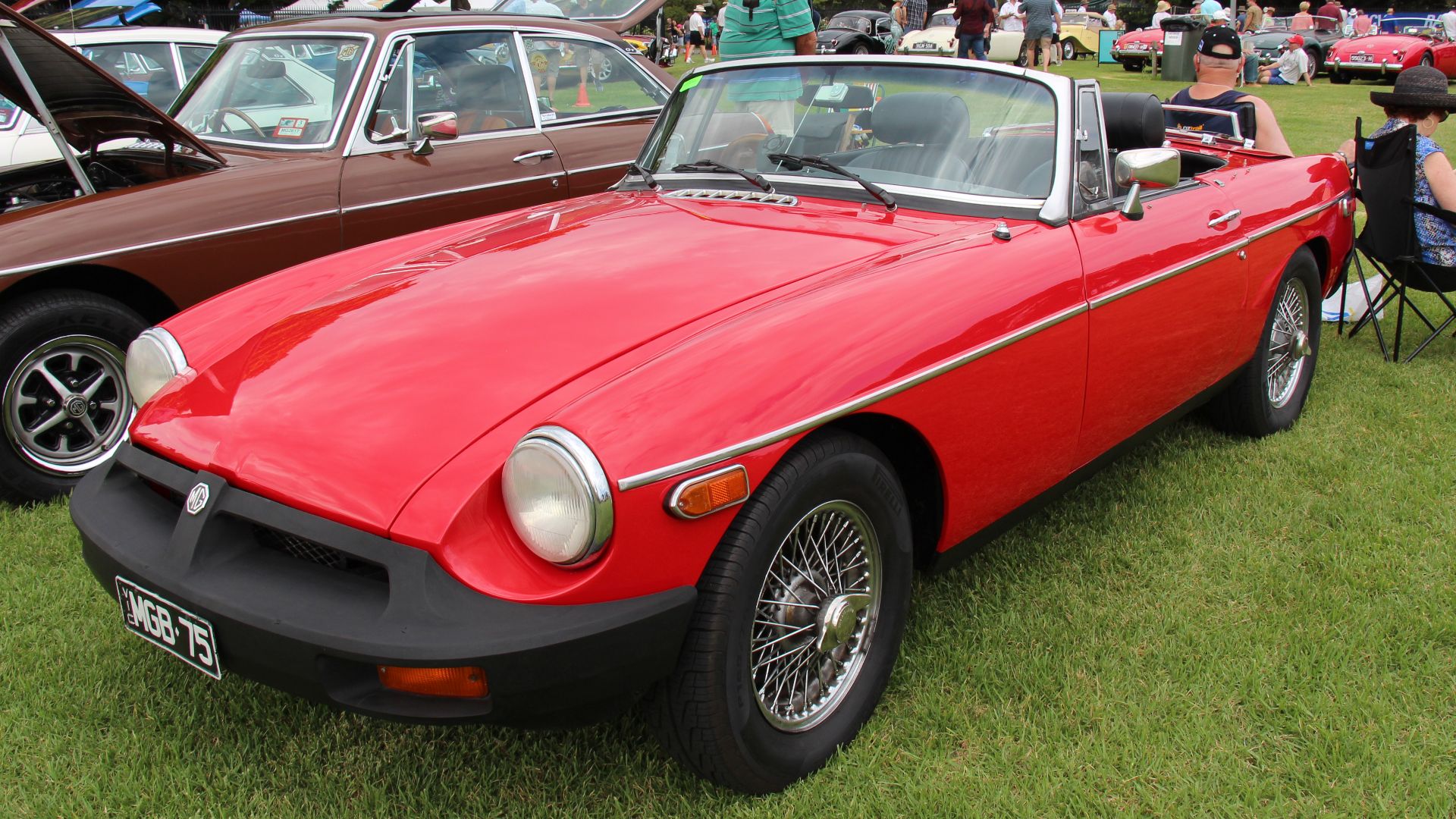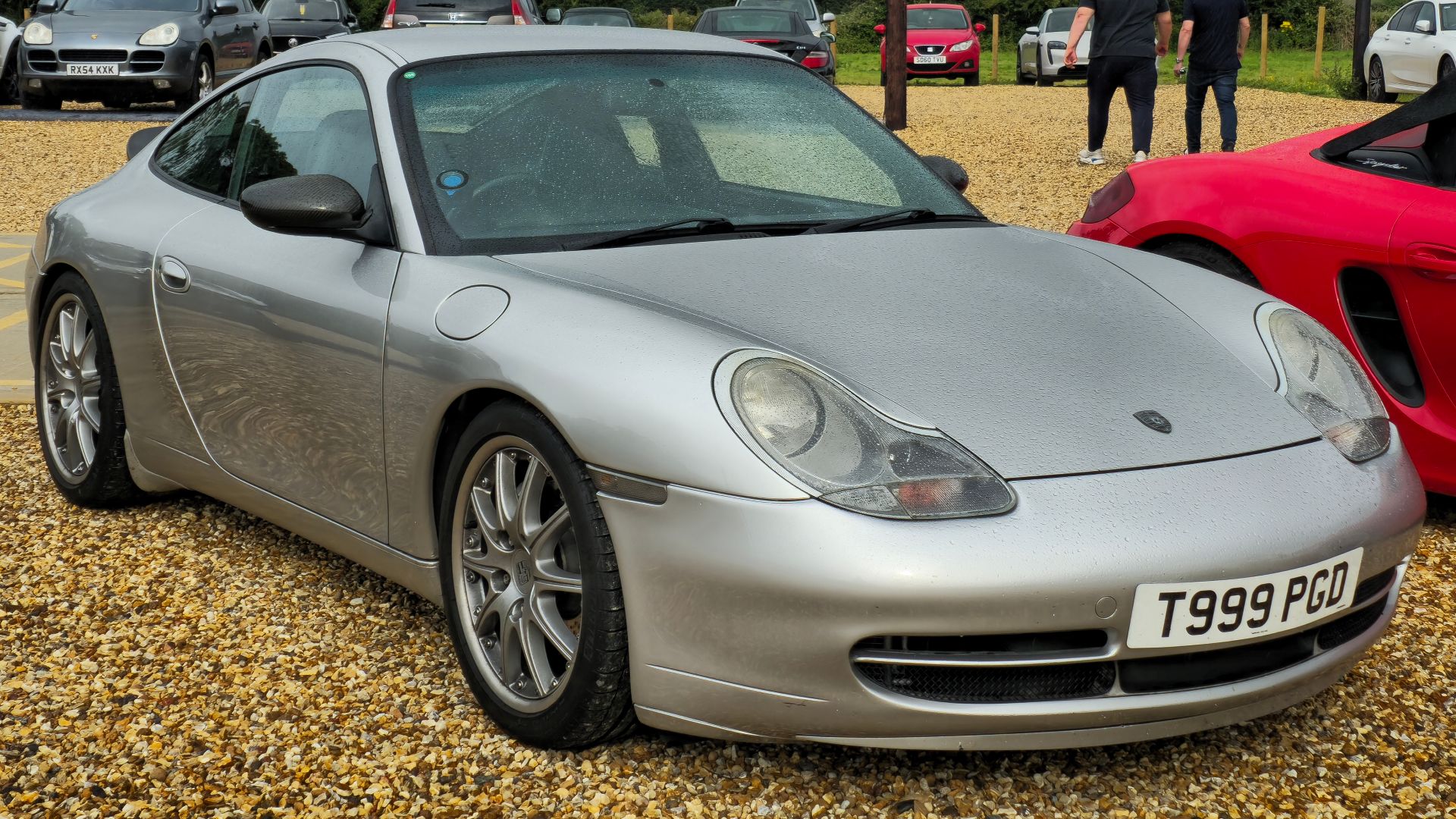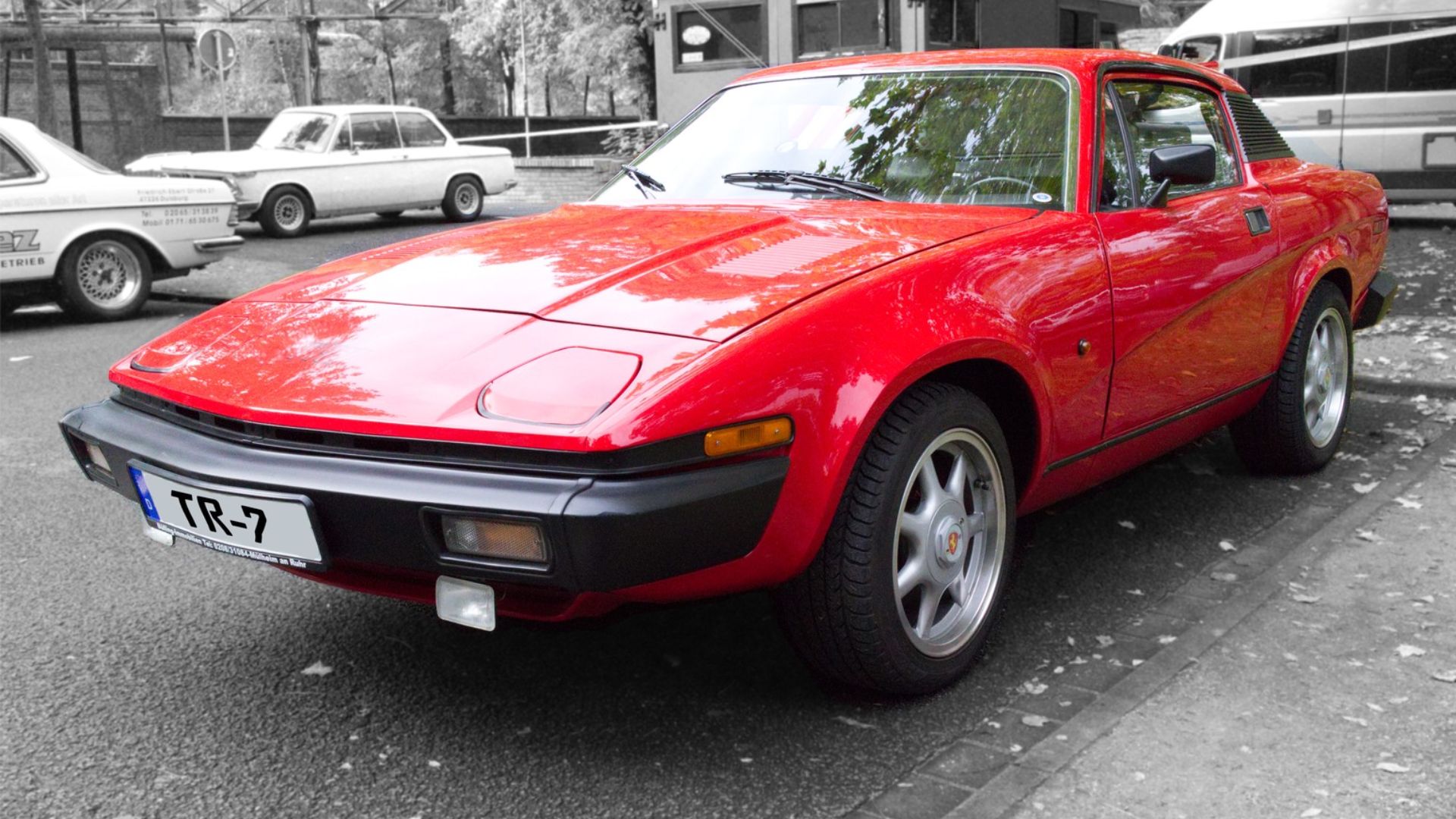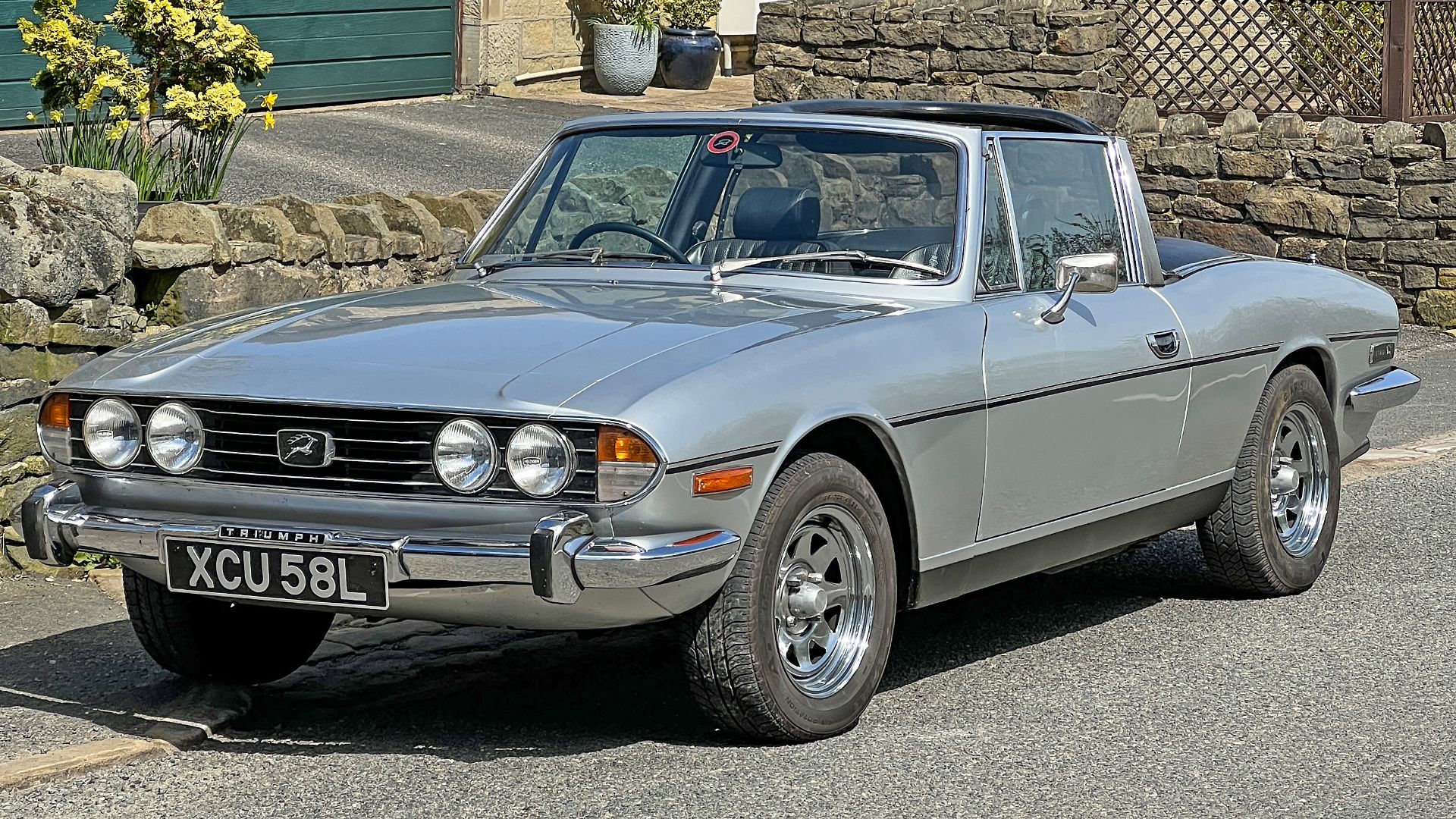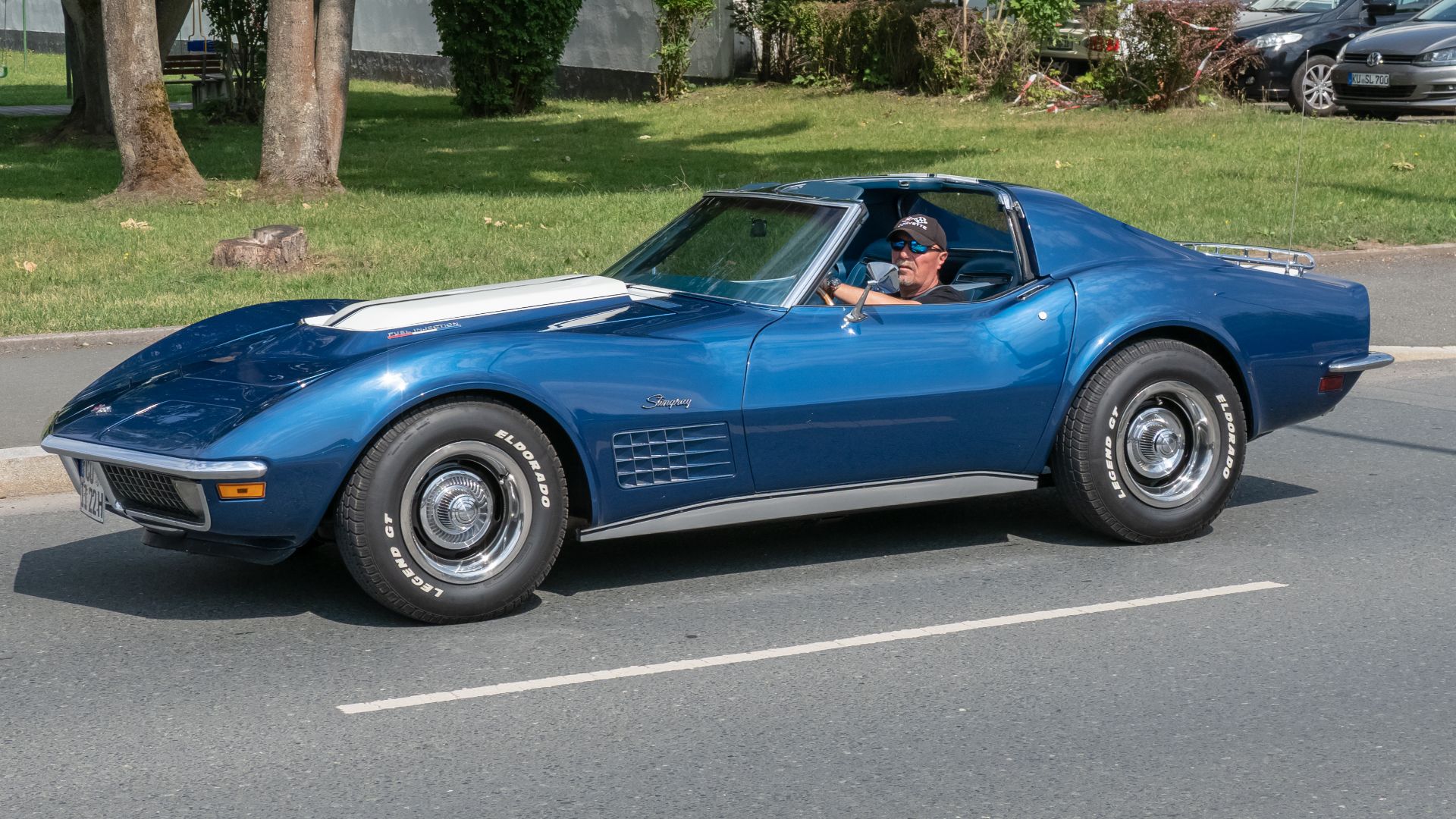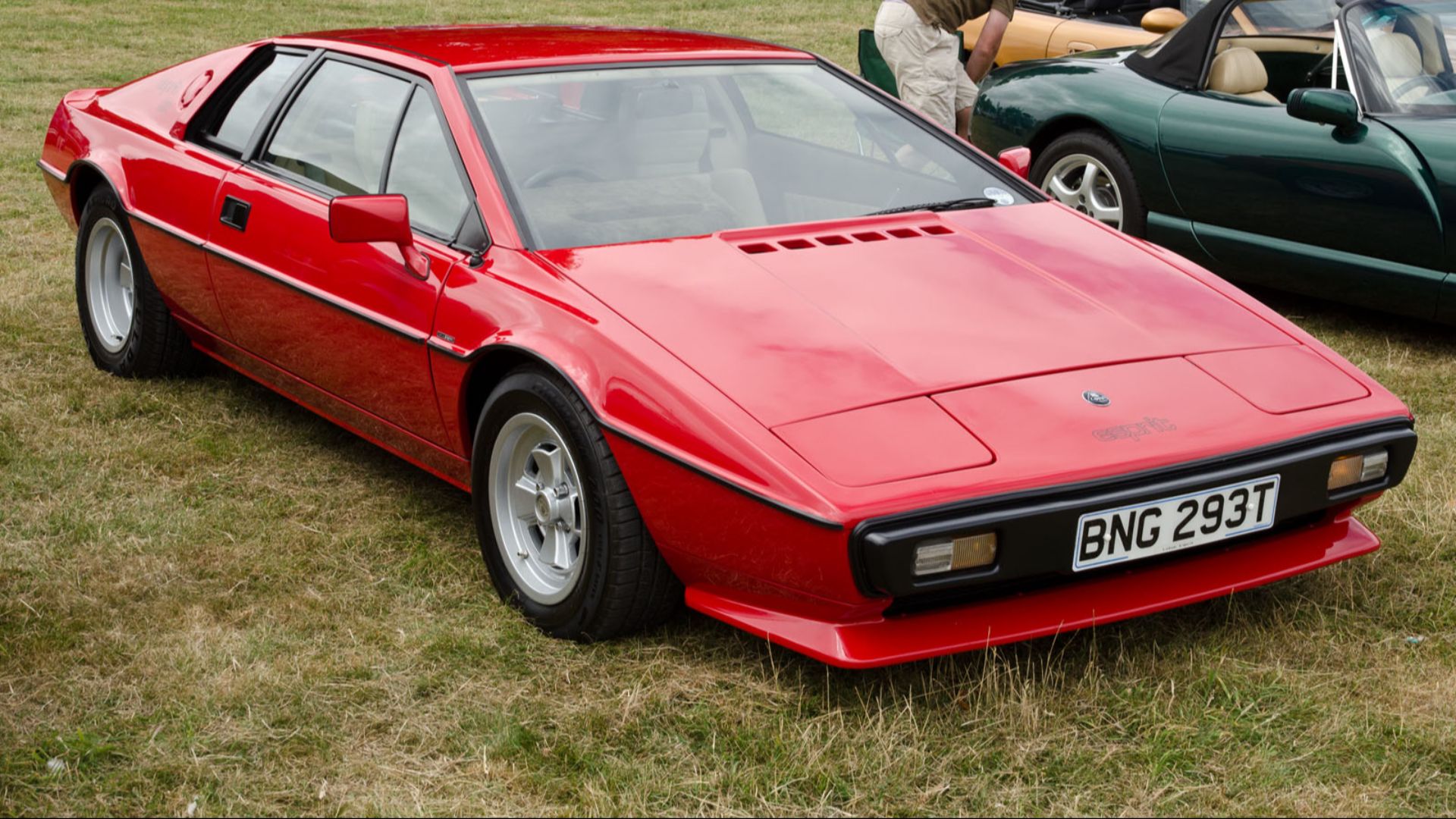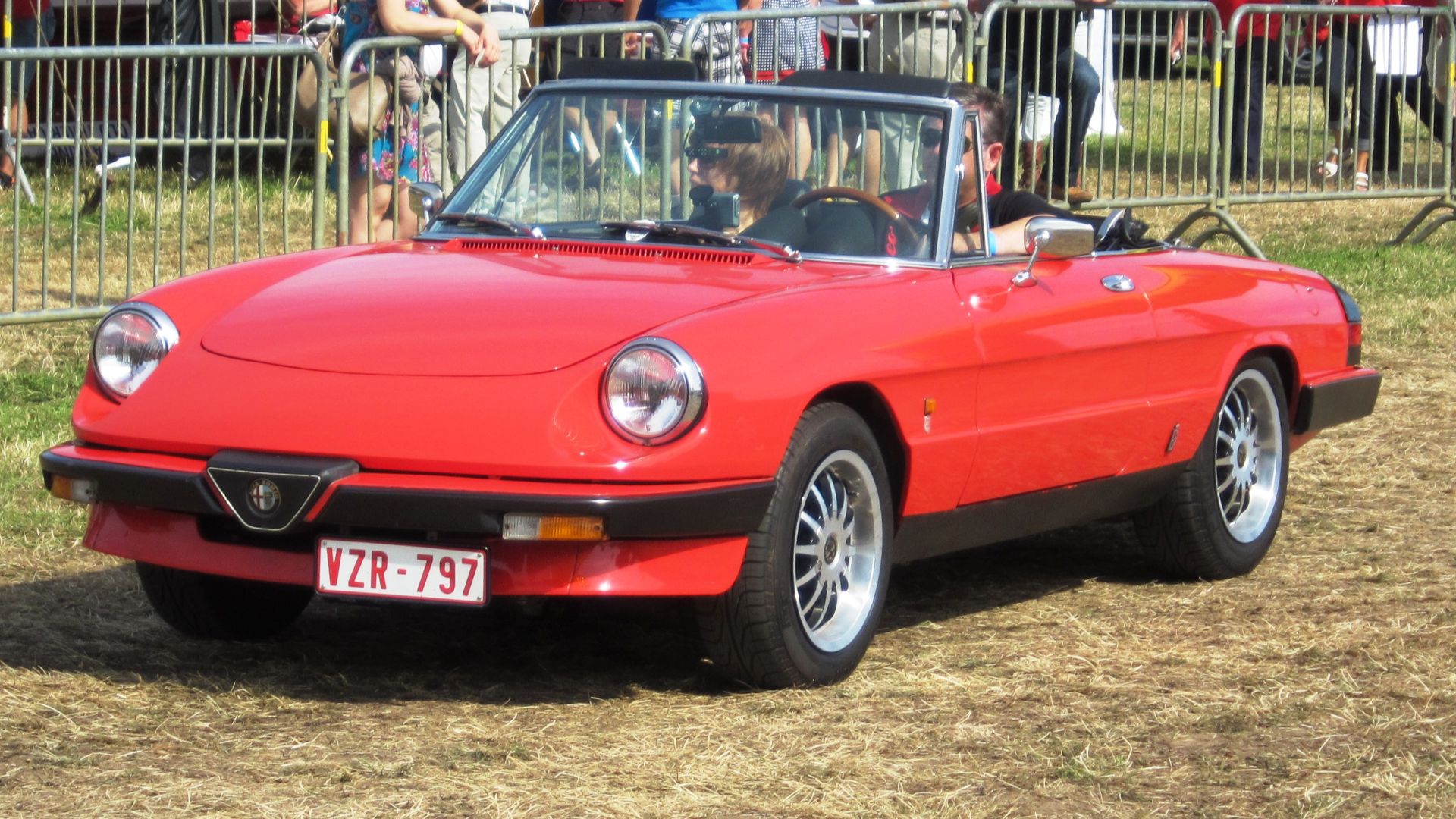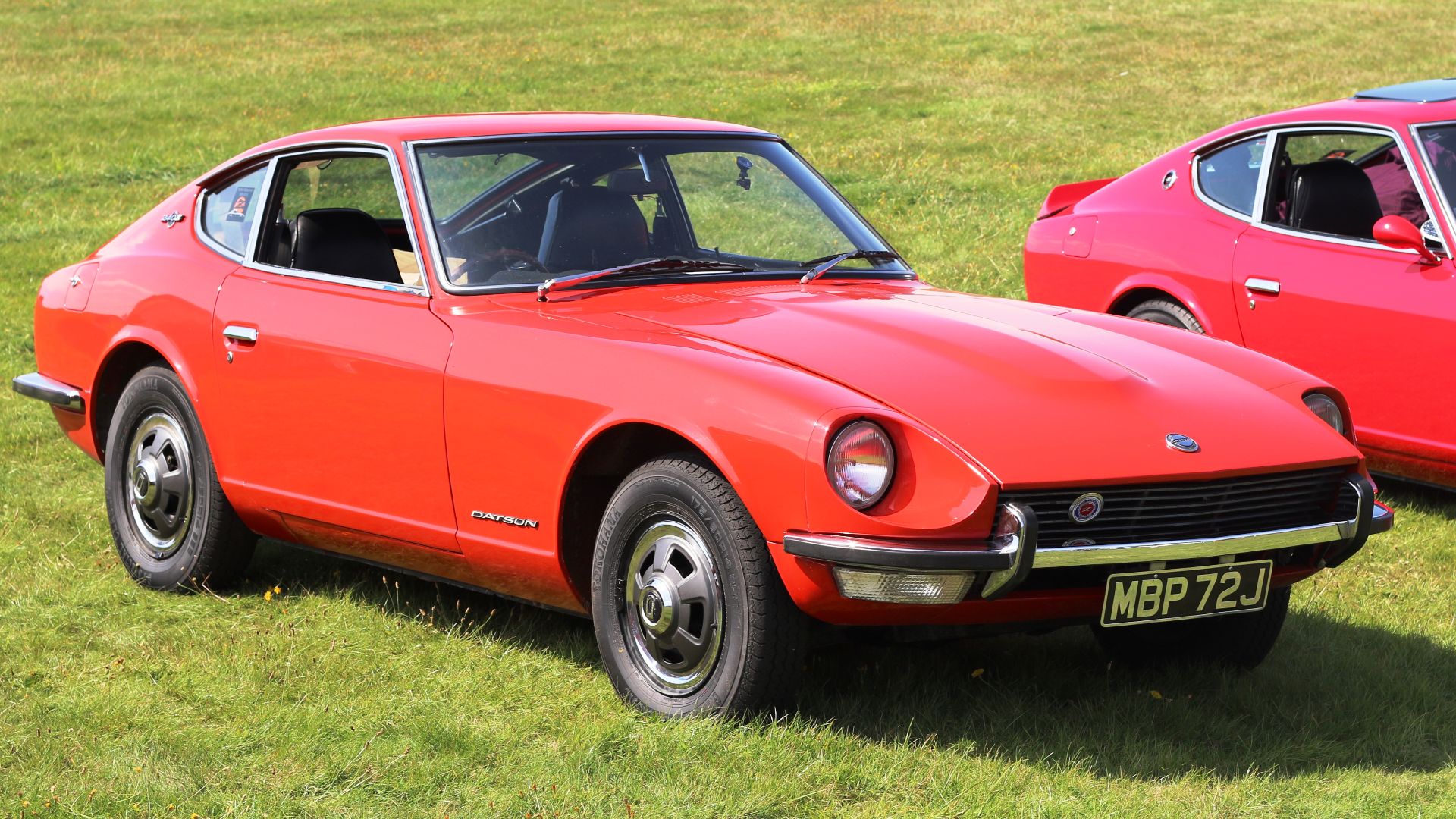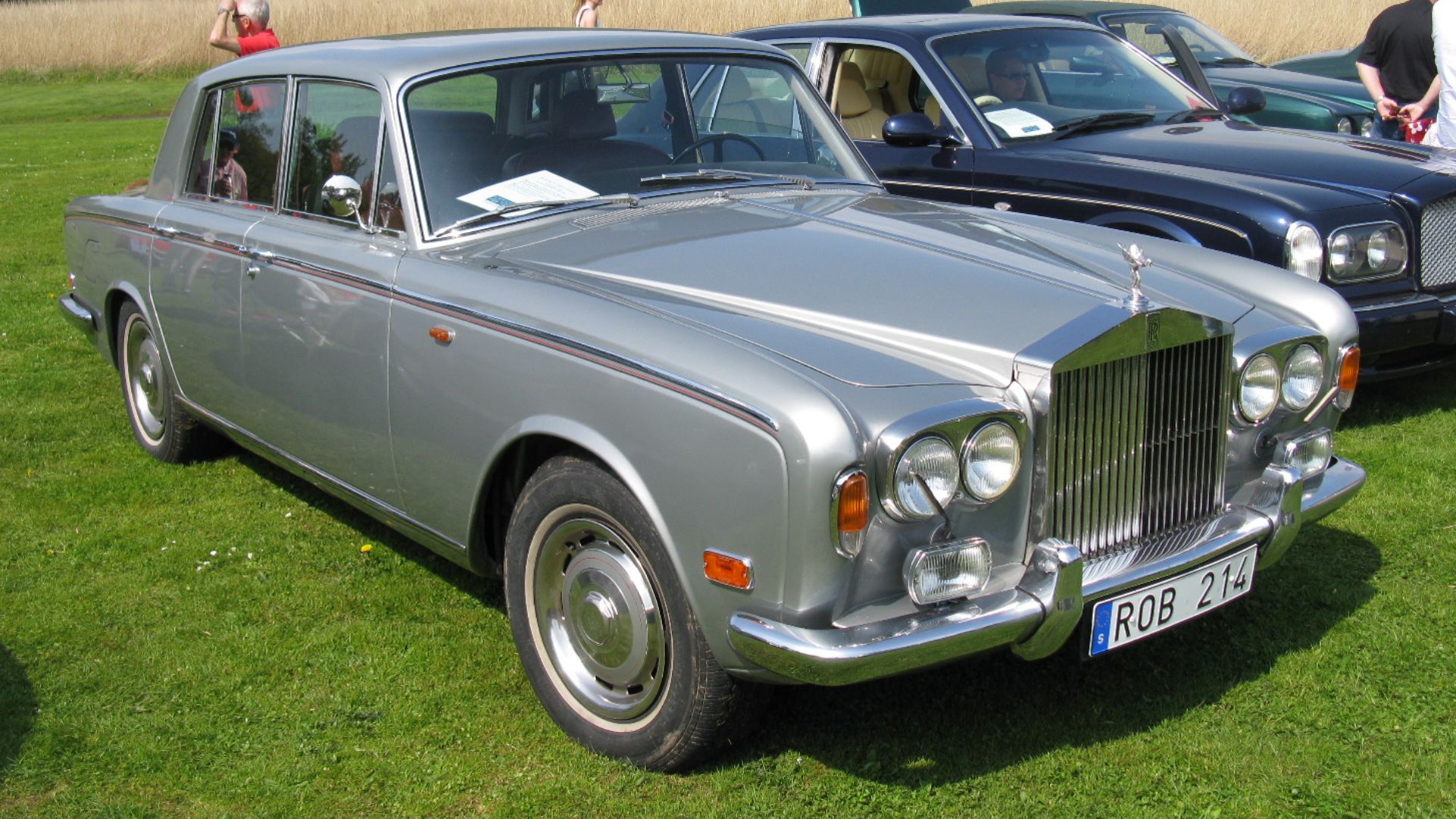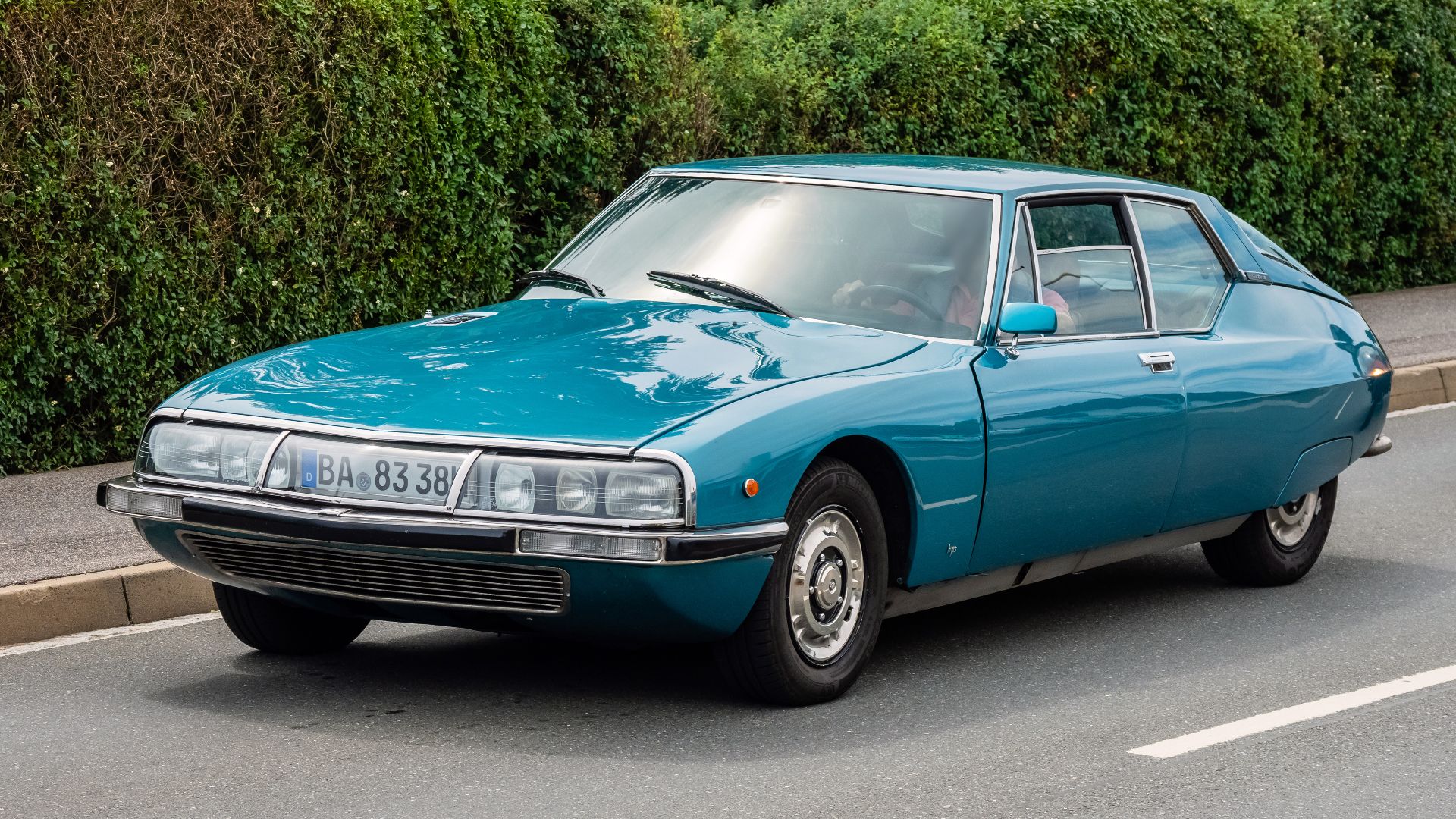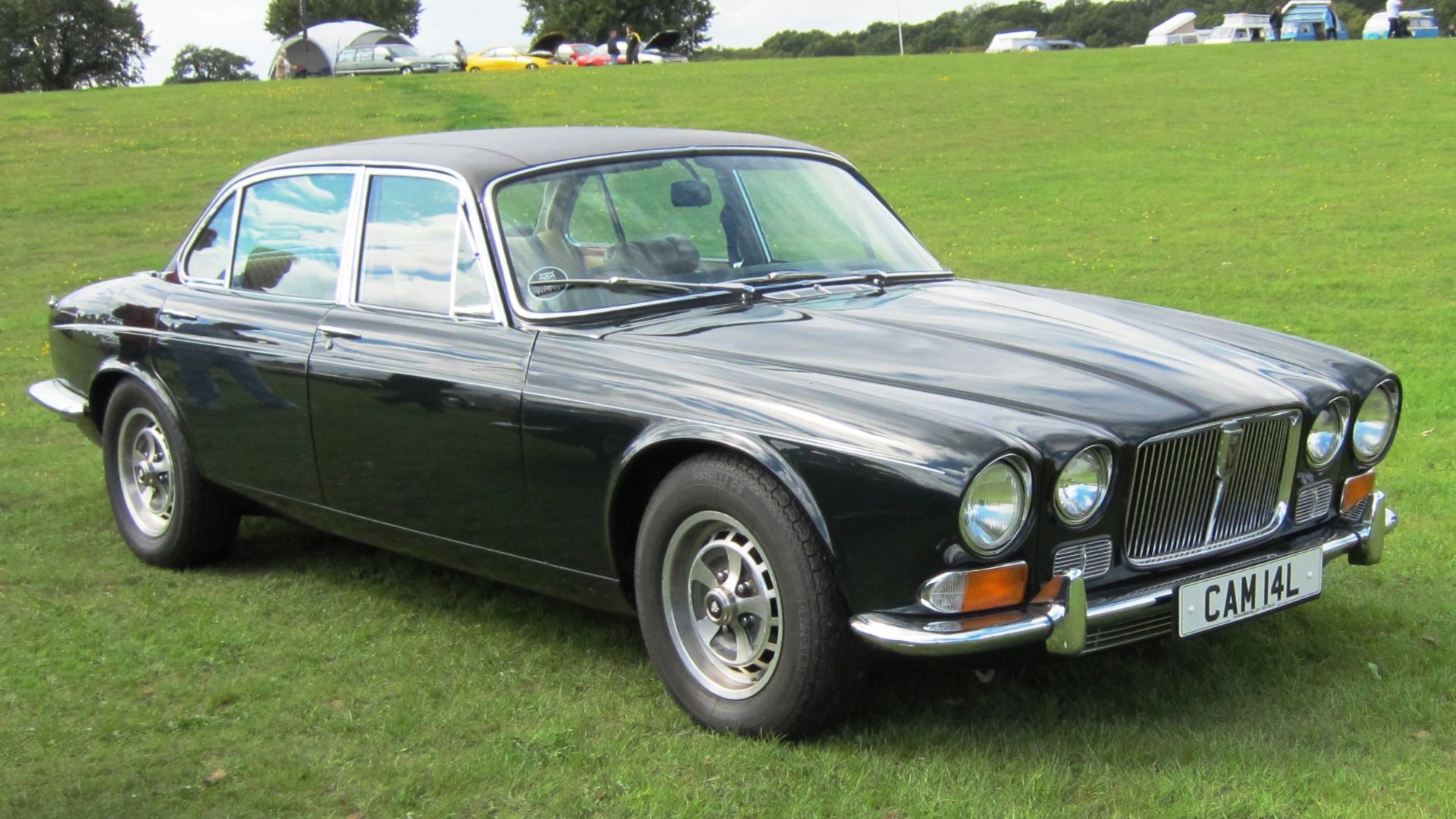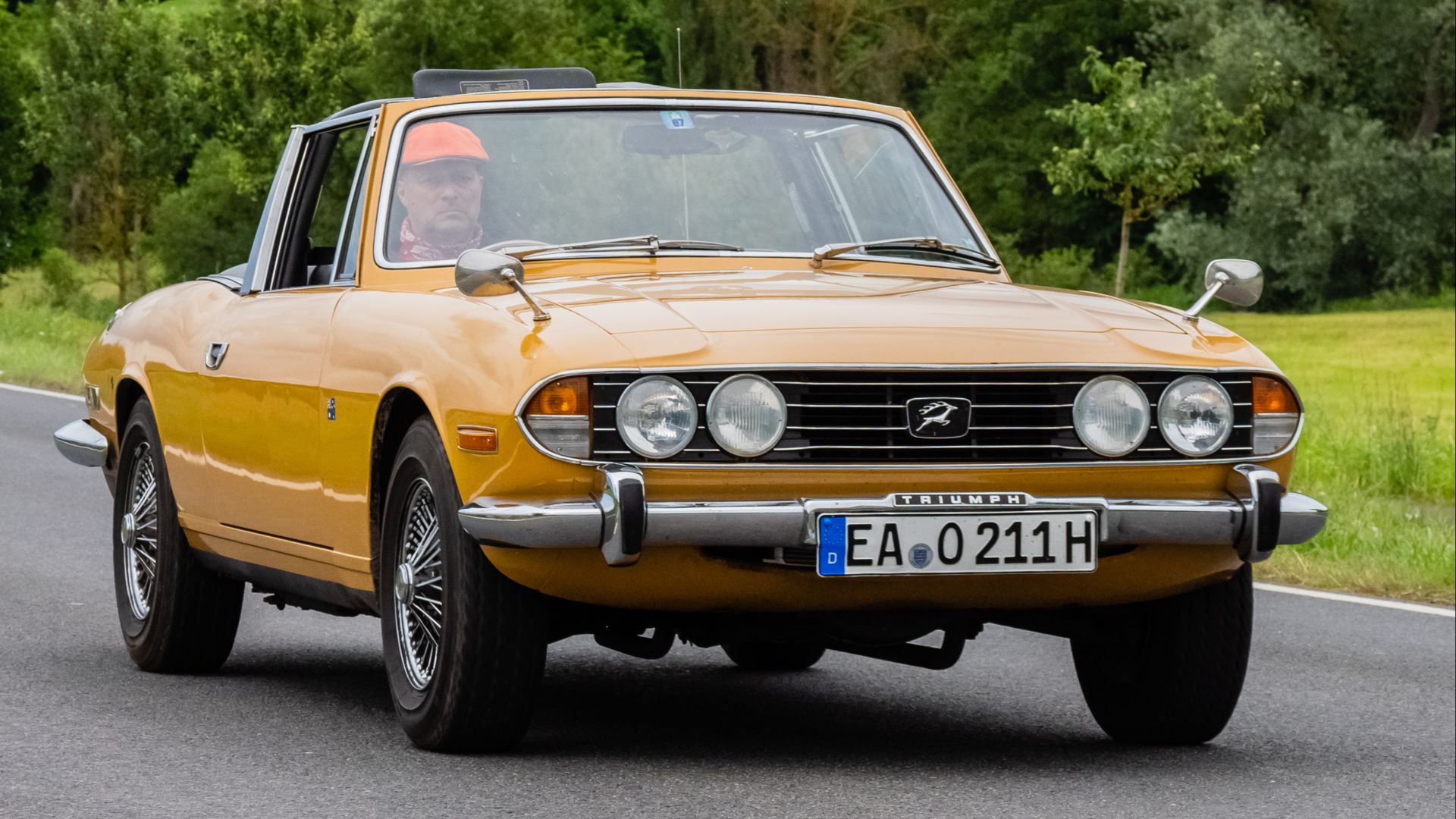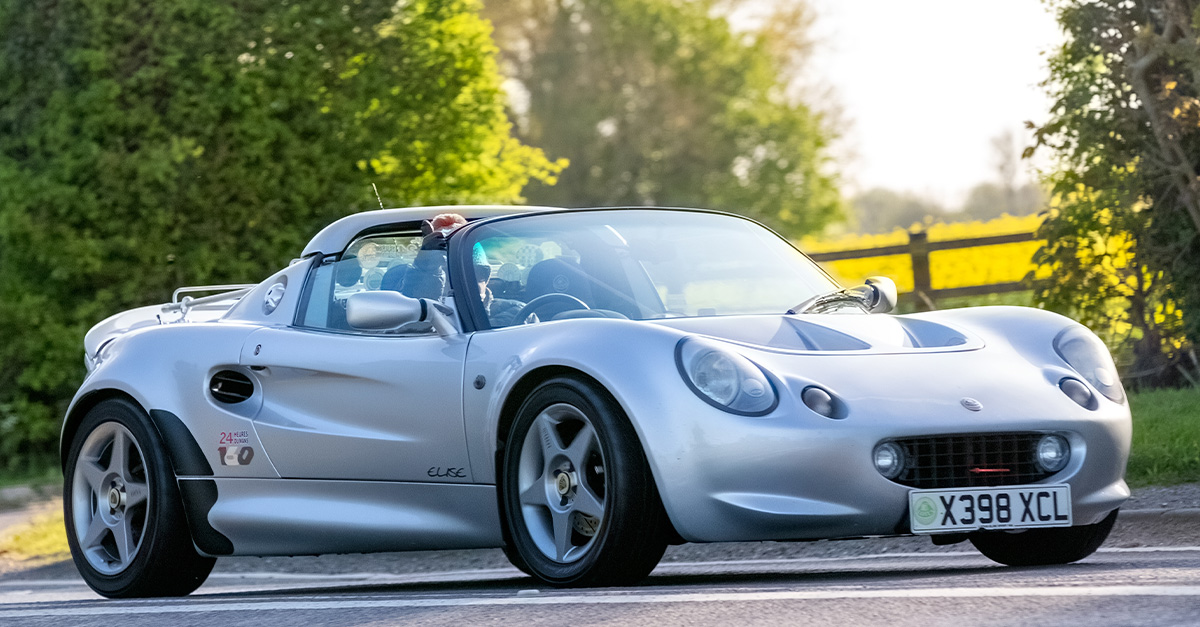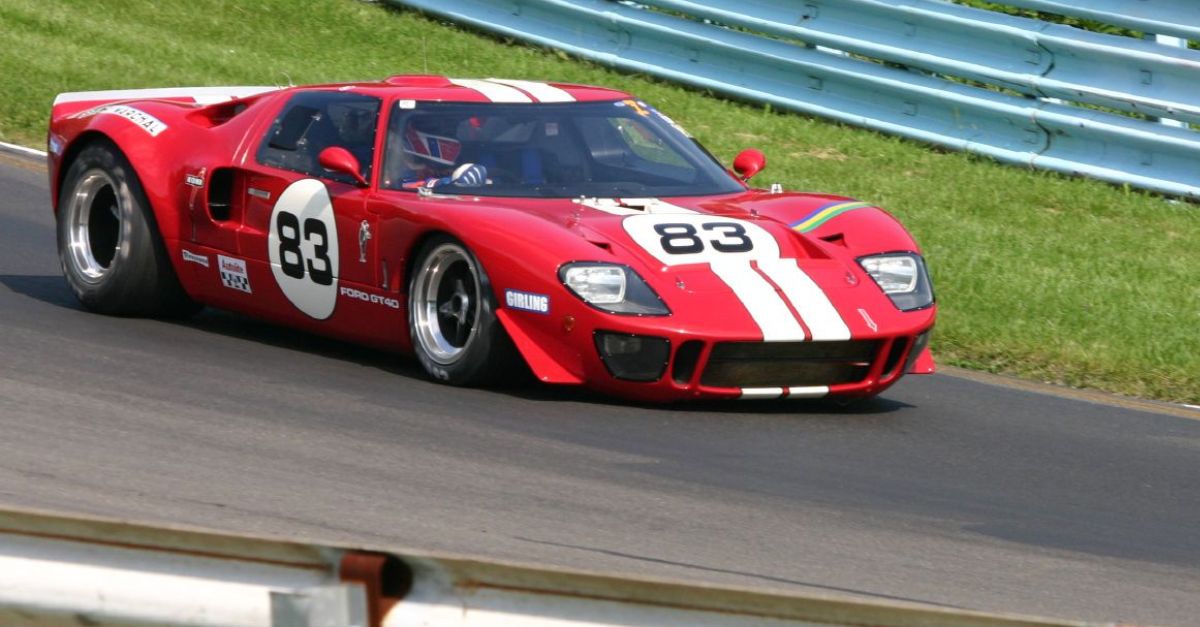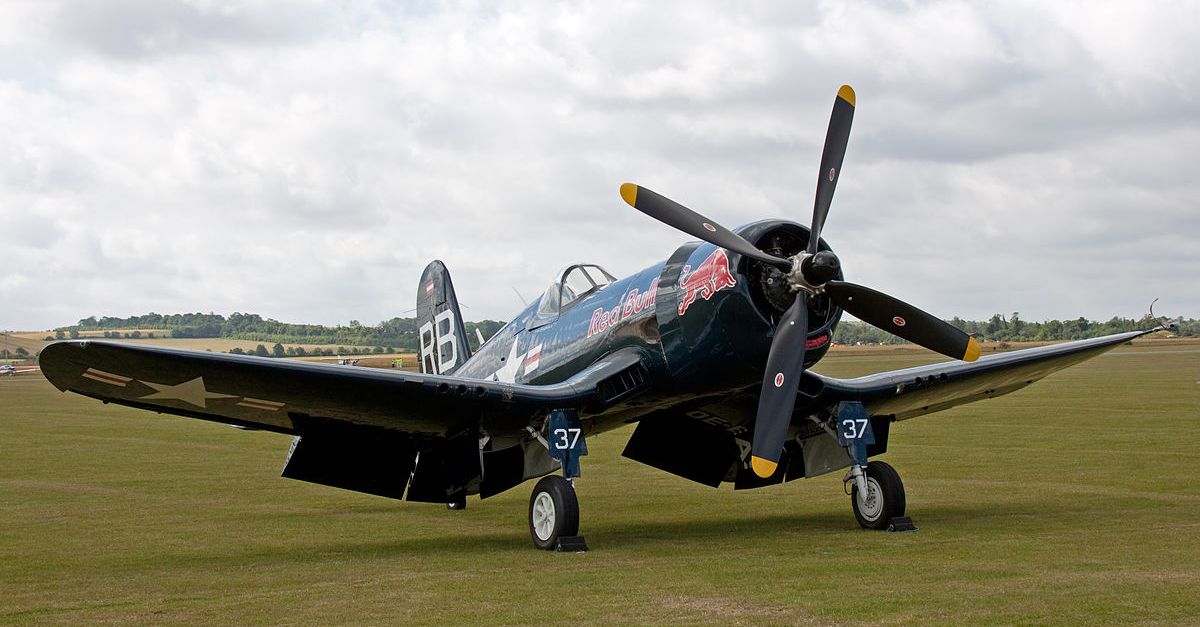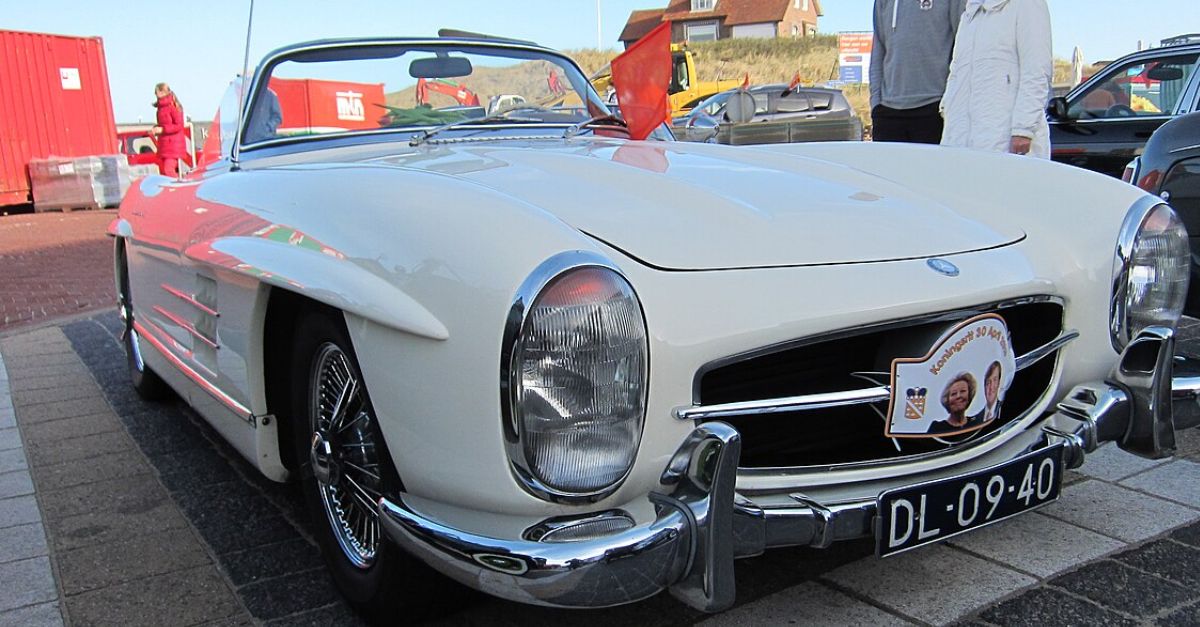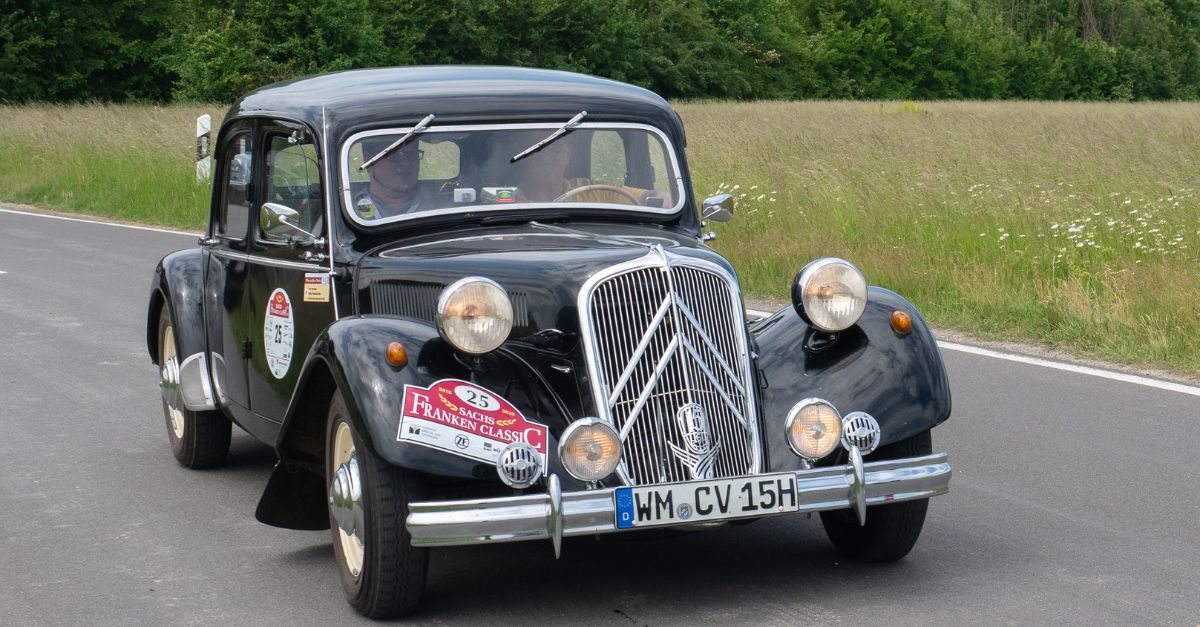These Classics Aren't Worth Their Clout, According To Collectors
Classic-car lovers are a passionate bunch (guilty as charged). But if you hang around auctions, forums, and club meets long enough, certain models consistently get eye-rolls from seasoned collectors—usually because the hype, price, or poster-car nostalgia outpaces the actual drive, reliability, or ownership reality. Below are 25 beloved nameplates that many experts and collectors say can be, well, a bit overrated. This isn’t a hit piece on your dream car—more like friendly buyer-beware context from folks who’ve driven, fixed, and paid the bills on these machines.
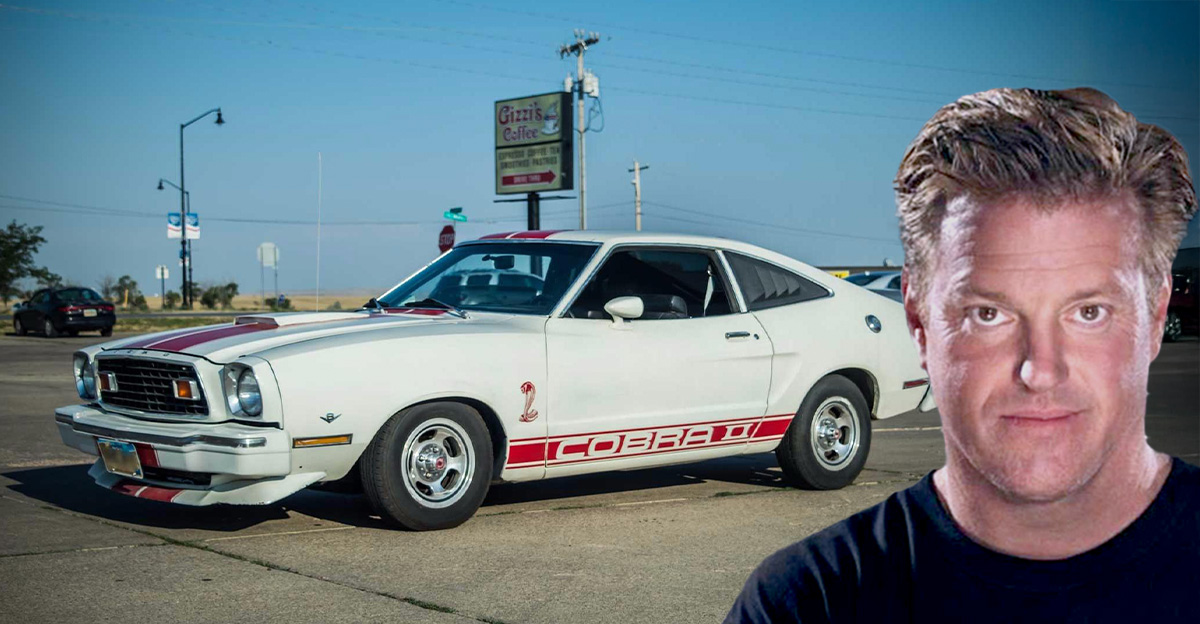
DeLorean DMC-12
Stainless-steel cool and gullwing glam made the DMC-12 a time-capsule star, but experts regularly flag modest performance from the 130-ish hp PRV V-6 and a driving experience that can feel more kit-car than supercar—very different from the poster in your head. Hagerty’s buyer coverage and classic press profiles have long emphasized the underwhelming pace and parts quirks behind the shine.
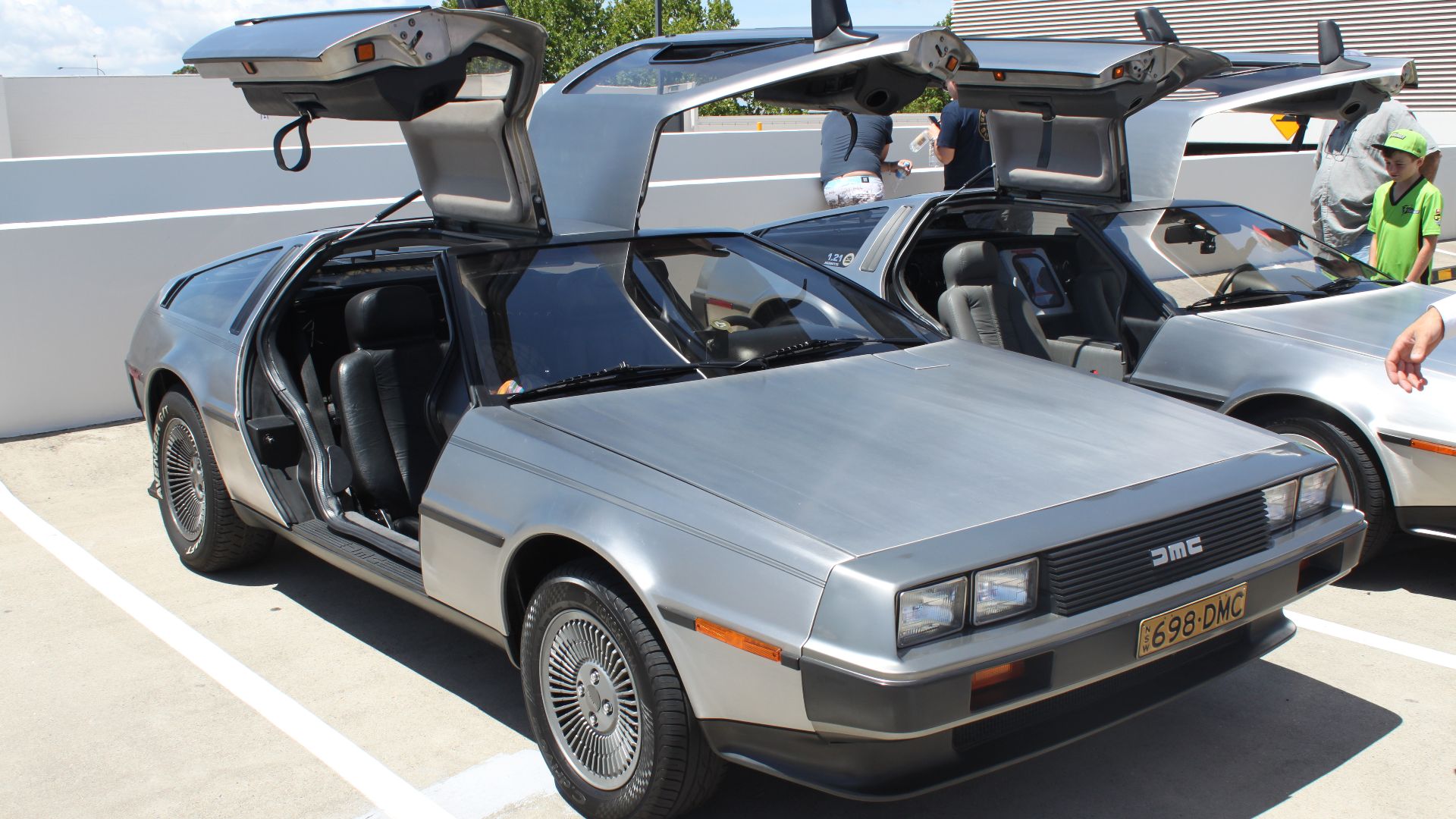 Jeremy from Sydney, Australia, Wikimedia Commons
Jeremy from Sydney, Australia, Wikimedia Commons
Ferrari Mondial (8/QV/3.2/t)
The Mondial is Ferrari’s perennial “least loved” pick in market roundups—capable and usable, yes, but saddled with a long-standing reputation for being the inexpensive way into a prancing horse rather than the exciting one. Hagerty repeatedly notes its standing as an overlooked, lower-demand Ferrari compared with its stablemates.
Ferrari 400/412
Front-engine V-12, sharp Pininfarina lines—and a market history defined by soft demand relative to other Ferraris, plus expensive upkeep. Hagerty’s valuation notes show these cars historically trading “affordable (for a Ferrari),” a hint that collector heat hasn’t matched the badge. Honest John and owners’ forums also highlight running costs.
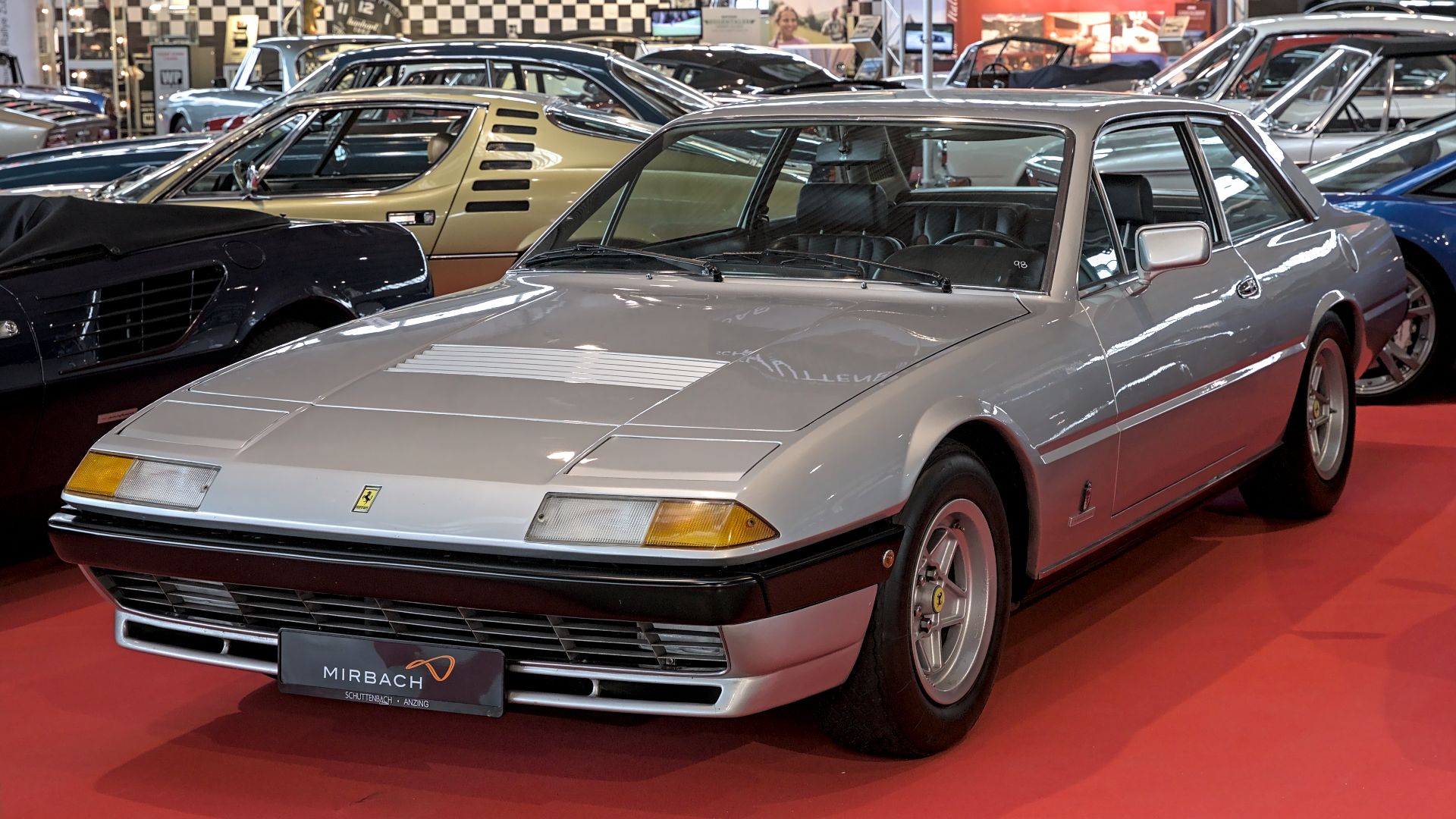 Alexander-93, Wikimedia Commons
Alexander-93, Wikimedia Commons
Maserati Biturbo
Turbo V-6 cachet meets ’80s complexity. The Biturbo’s renaissance is real, but most buyer guides still open with reliability caution tape—think electrics, corrosion, and the need for a meticulous service history. Classic-press buyer’s guides underline the pain points that made (and sometimes still make) these cars a gamble.
Porsche 924
Today it’s gaining fans, but the 924 long wore a “not a real Porsche” stigma due to VW-Audi roots and modest early outputs. Hagerty has covered that reputation directly—even as they (fairly) note its balanced handling and growing appreciation. If you’re paying a “Porsche tax,” make sure you actually want what the 924 is.
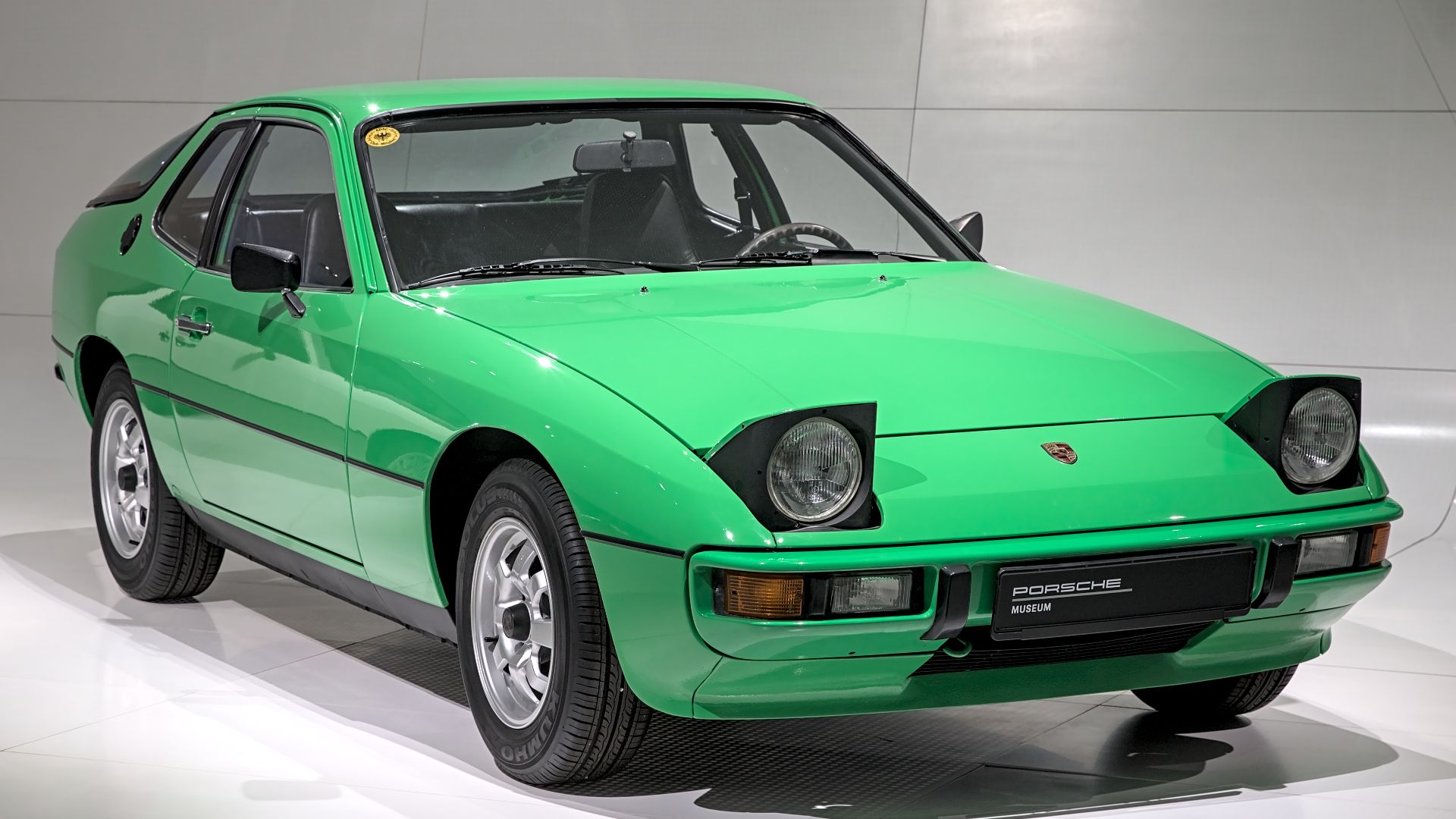 Alexander Migl, Wikimedia Commons
Alexander Migl, Wikimedia Commons
BMW E30 M3
Iconic? Absolutely. But when knowledgeable folks assemble “overrated” lists, the E30 M3 sometimes pops up—not because it’s bad, but because auction premiums and hype can overshadow how peaky and purposeful it feels on modern roads. Goodwood even called it out explicitly in a roundup of overrated classics.
Ford Mustang II
A historically important stopgap that kept the name alive during the Malaise Era—but the collector glow is largely nostalgia. Period-correct power and dynamics are tepid, and the II’s market interest trails far behind earlier and later Mustangs for good reasons chronicled in buyer guides.
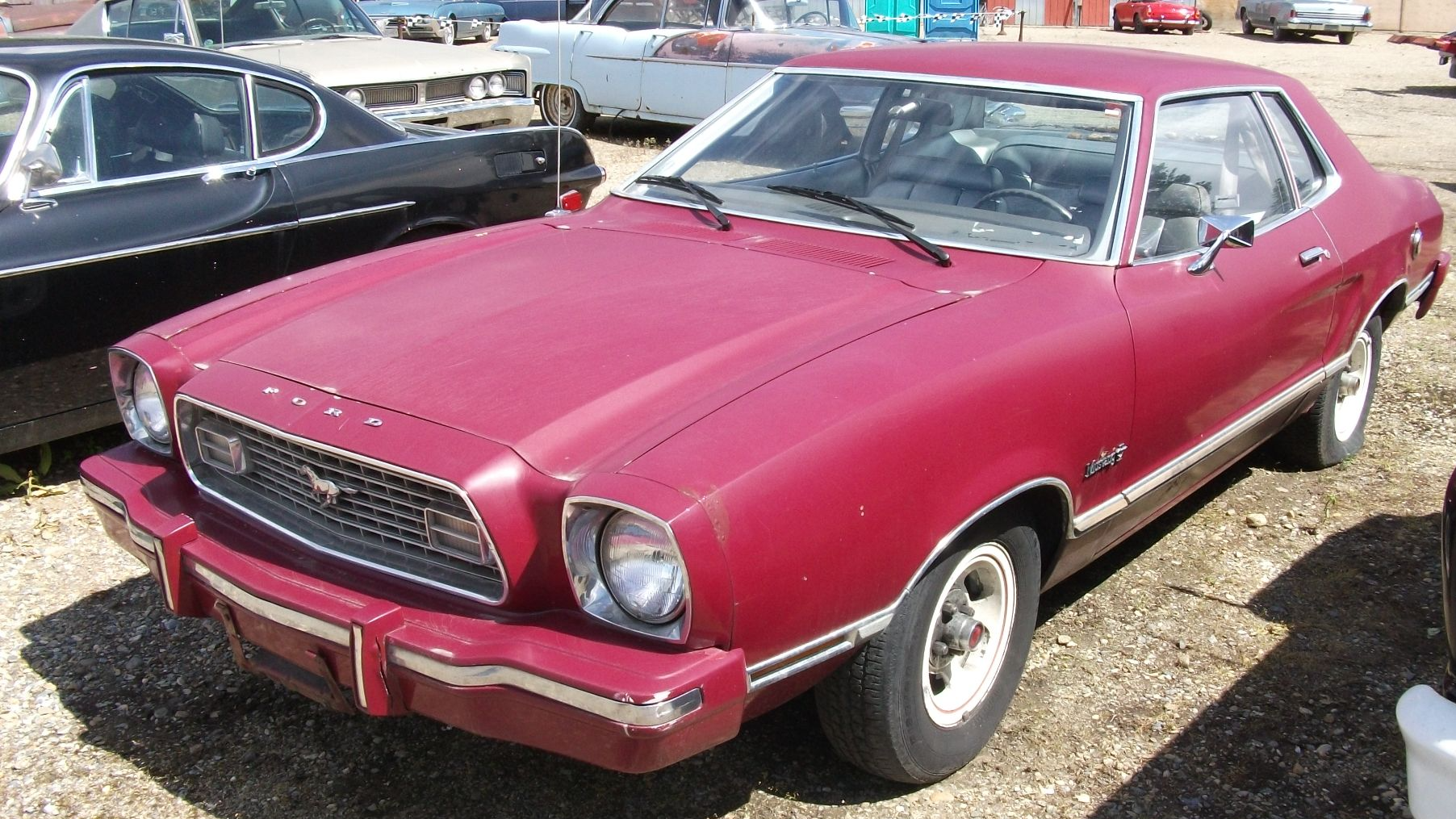 dave_7 from Lethbridge, Canada, Wikimedia Commons
dave_7 from Lethbridge, Canada, Wikimedia Commons
Pontiac Fiero (early years)
Later GTs are fun, but the first-wave cars earned the public-perception scar tissue—quality hiccups and the fire recall story stuck. Value guides and histories advise shopping the best-sorted late cars and budgeting for diligent maintenance, a far cry from the mid-engine exotic the brochure teased.
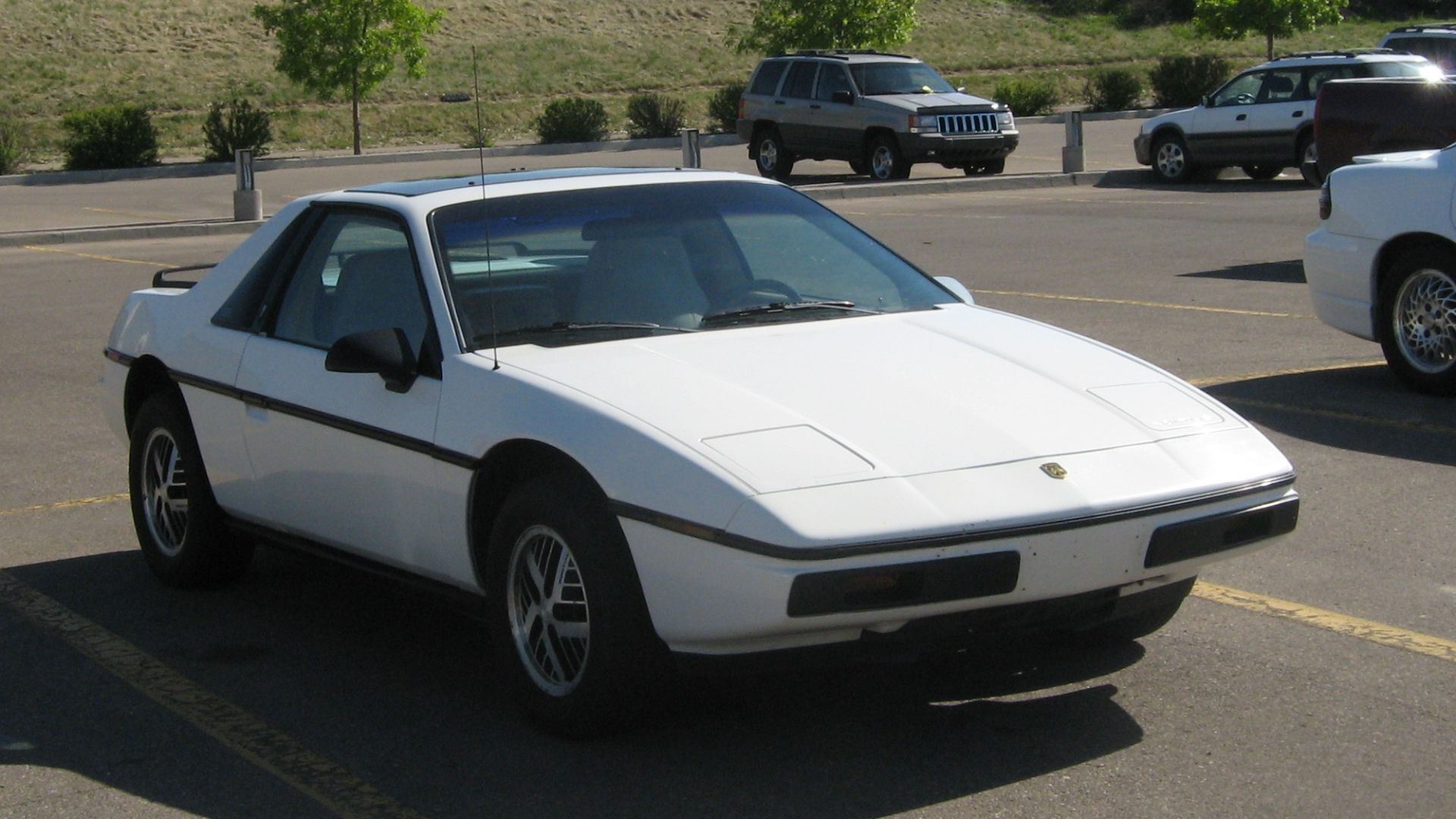 dave_7 from Lethbridge, Canada, Wikimedia Commons
dave_7 from Lethbridge, Canada, Wikimedia Commons
Jaguar XJ-S/XJS (V12)
Silky V-12, grand-touring comfort—and running costs that scared generations. Even fans concede that poor upkeep turns these into money pits. Buyer guides and market notes have, for years, urged pre-purchase inspections with a magnifying glass and a calculator.
MGB (Rubber-Bumper Era)
We love an MGB, but collectors consistently value chrome-bumper cars more. Rubber-bumper Bs (1974½ onward) added weight and height; period handling suffered until owners lowered/sorted them. Hagerty and other guides reflect the value gap and the common “first mod” fixes these cars often need.
Volkswagen Karmann Ghia
One of the prettiest shapes of the ’50s–’60s—but many buyer guides remind shoppers that the go never matched the show. Expect Beetle-level pace and pay close attention to rust. Hagerty UK and Classics World spell this out plainly (and lovingly).
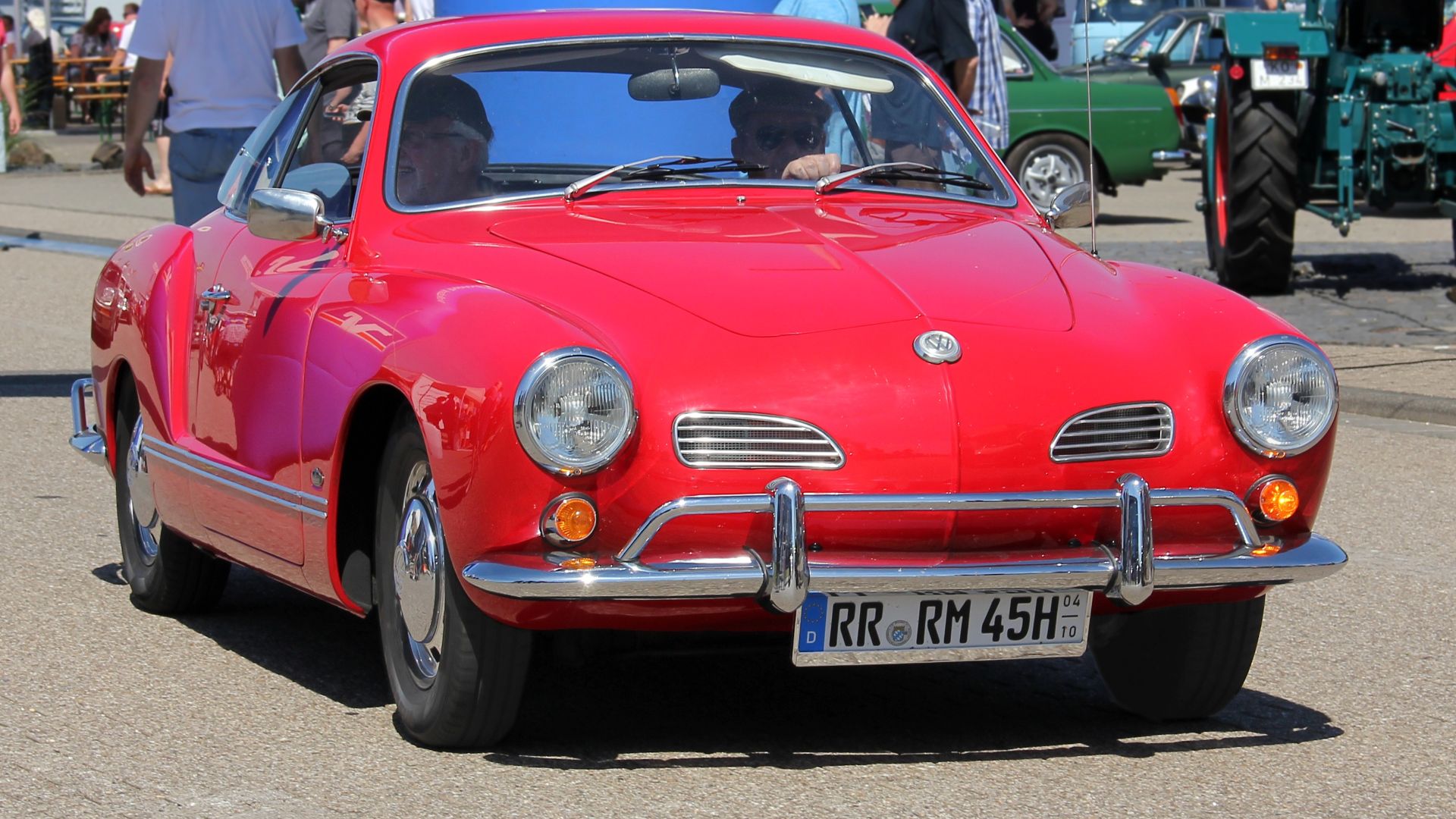 Lothar Spurzem, Wikimedia Commons
Lothar Spurzem, Wikimedia Commons
Mercedes-Benz 380SL (R107)
The R107 is status on wheels, but the U.S.-market 380SL’s early single-row timing chain woes and emissions-era performance keep some collectors cautious. Buyer-guide literature has long warned to verify chain updates/maintenance, or spend for the right example.
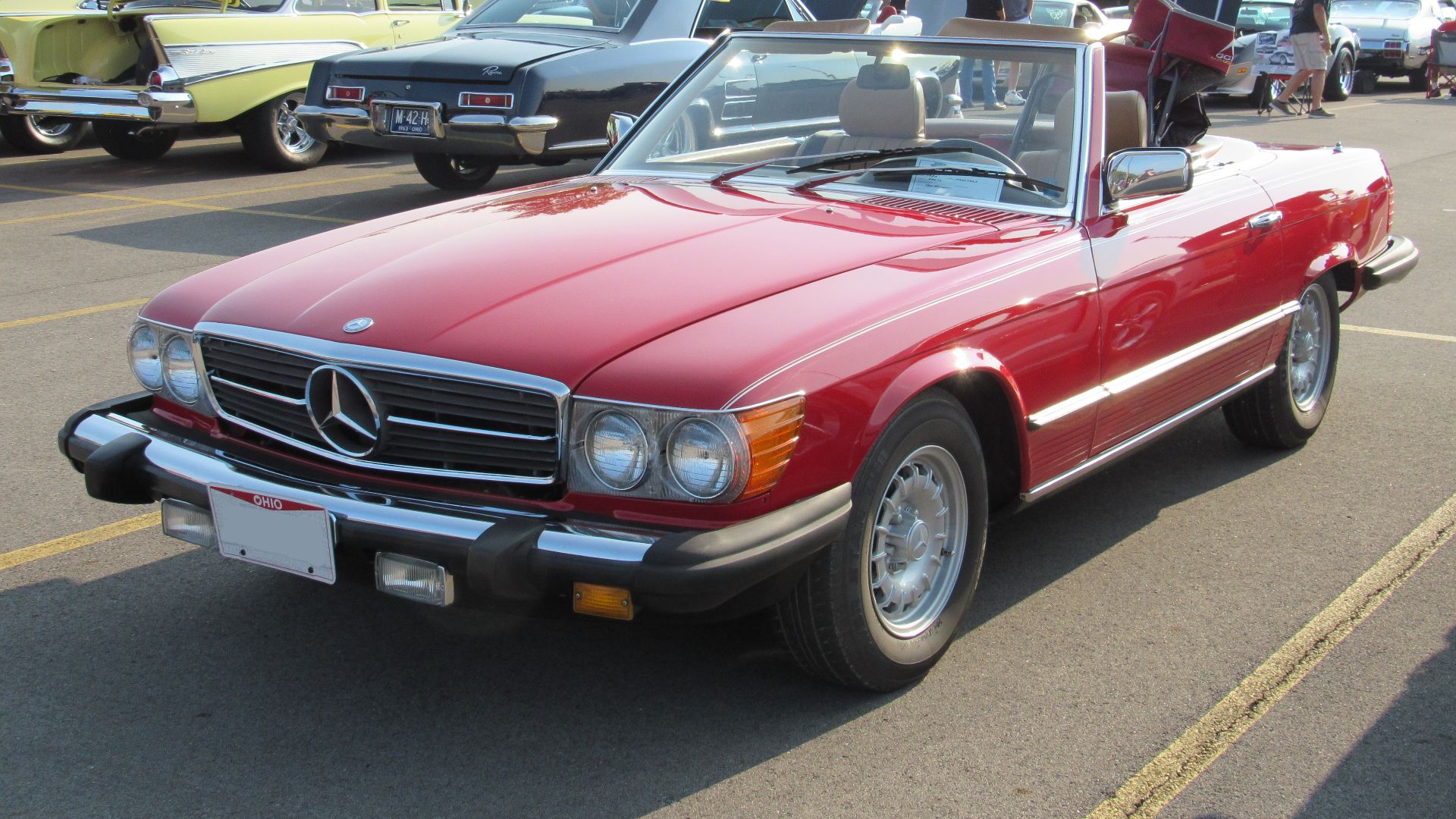 Captainpisslord, Wikimedia Commons
Captainpisslord, Wikimedia Commons
Porsche 911 (996)
A bargain 911… until the IMS bearing conversation starts. Plenty of enthusiasts drive 996s happily, but buyer’s guides universally hammer home the need for documentation/solutions for well-known engine weak points—reality checks that temper the “cheap supercar” narrative.
Triumph TR7
Bold wedge looks, but the build-quality stigma from its era lingers. Many experts recommend buying the best one you can find or stepping up to later, better-sorted examples. Buyer guides repeatedly highlight the model’s reputation and the need for careful vetting.
Triumph Stag
A glorious V-8 soundtrack with asterisks: cooling and timing-chain issues gave the Stag its reputation. Clubs and buyer guides have fixes—and a properly sorted car can be delightful—but the myth exists for reasons owners still discuss.
Chevrolet Corvette C3 (Late-’70s)
The looks promise speed the strangled emissions-era outputs can’t always deliver. Even Corvette specialists acknowledge the “all show, not much go” rap for base late-C3s unless you budget for upgrades. Hagerty has covered the generation’s image problem and values.
Lancia Beta
Ask any long-timer about “Beta” and you’ll hear “rust.” The model became a byword for corrosion, with UK buybacks becoming legend—collectors still approach with caution and a magnet. Documented histories detail the rot saga that kneecapped Lancia’s reputation.
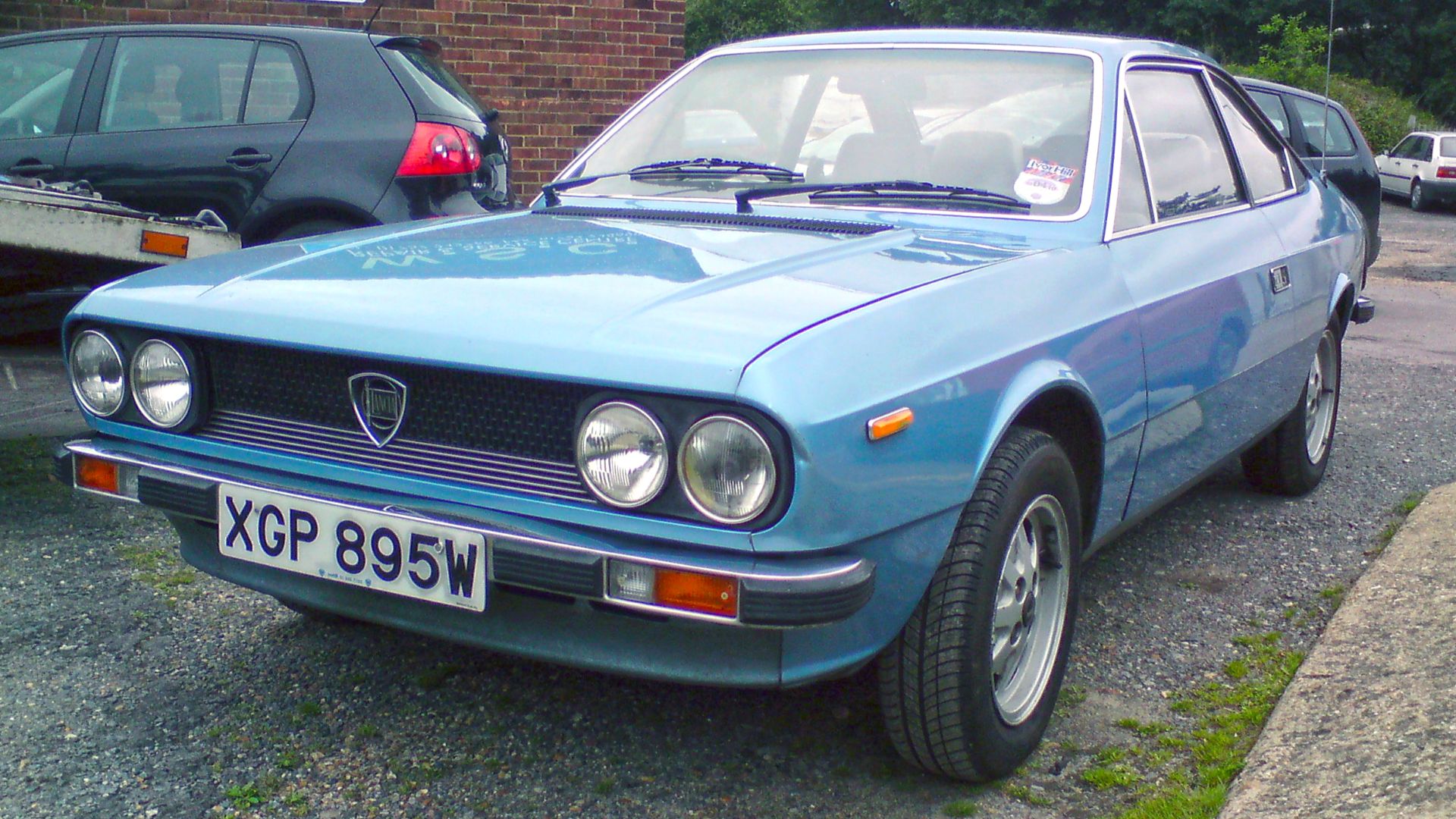 allen watkin from London, UK, Wikimedia Commons
allen watkin from London, UK, Wikimedia Commons
Lotus Esprit (Early Cars)
Bond made it famous; owners made it infamous—for fragility if neglected. Classic buyer guides stress chassis and sealing issues on early S1/S2 cars and the need for meticulous maintenance on all. Even dedicated Lotus owners joke about the “Lots Of Trouble, Usually Serious” acronym for a reason.
Alfa Romeo Spider (Series 3)
Iconic silhouette, but S3 cars are typically the least-coveted Spiders in price guides, and buyer resources flag leaks, rust, and deferred maintenance. Romantic? Very. Over-romanticized relative to the ownership experience? Sometimes.
Datsun 240Z
A landmark classic that’s also been subject to frothy results—while rust remains the eternal Z-car villain. Experts and buyer guides urge careful rust inspection and realistic pricing amid market cycles.
Rolls-Royce Silver Shadow
Still tempting money-wise, but the Citroën-derived hydraulic/brake/leveling systems, and general complexity, can make “cheap to buy, dear to own” brutally real. Club buyer guides and technical resources emphasize the learning curve.
Porsche 912
Looks like a 911, goes like a 90-hp four-cylinder. Many enthusiasts adore its balance, but the “poor man’s 911” tag persists—and when values run hot, seasoned buyers ask whether they’re paying six-cylinder money for four-cylinder pace. Hagerty and Honest John address the identity debate directly.
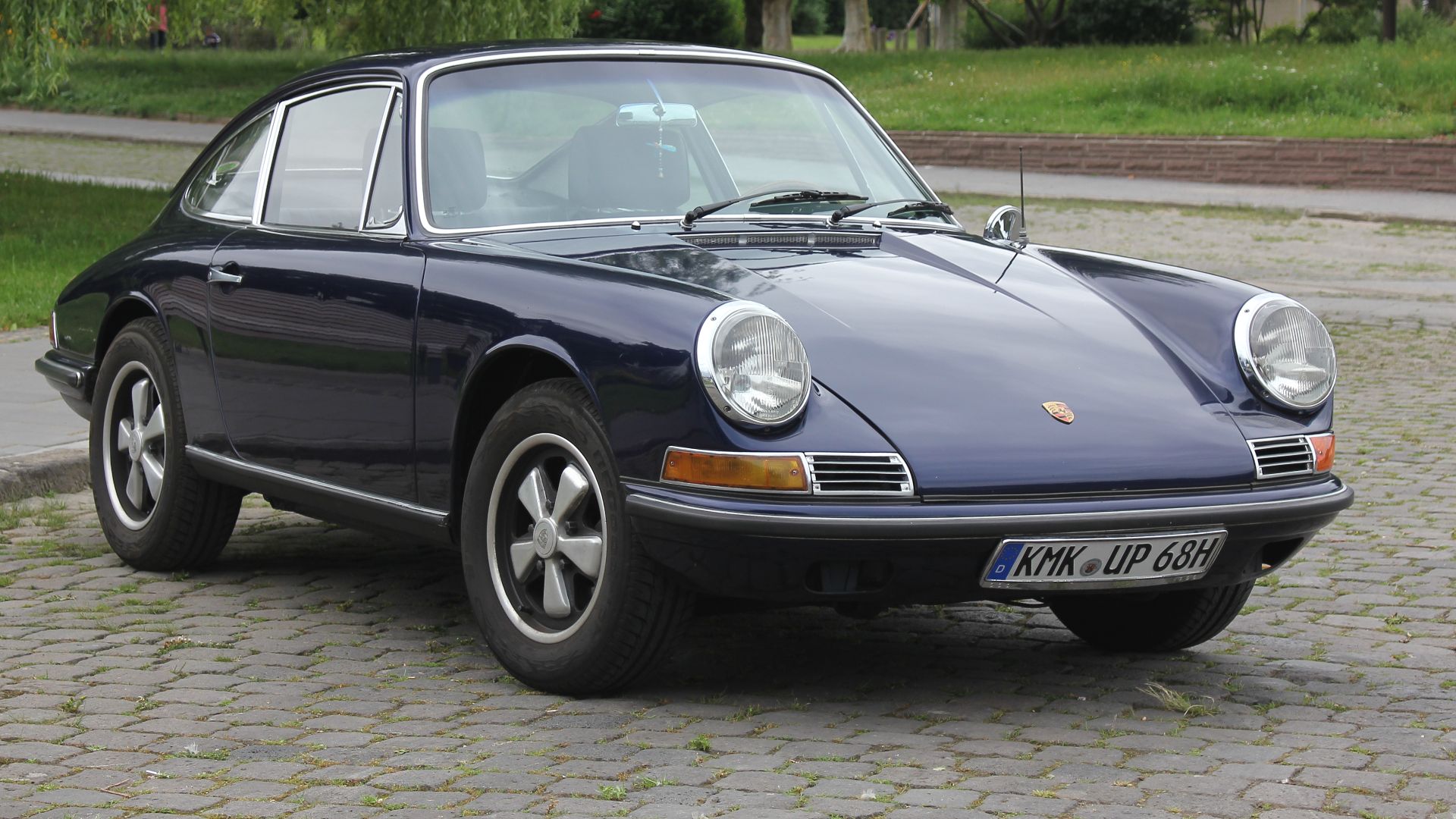 Lothar Spurzem, Wikimedia Commons
Lothar Spurzem, Wikimedia Commons
Pontiac Trans Am (Turbo 4.9, 1980–81)
Iconic graphics can conceal emissions-era reality. Period road tests and collector commentary often call out heat-soak fragility and modest real-world pace from the turbo V-8—worth remembering before you pay Bandit-tax premiums.
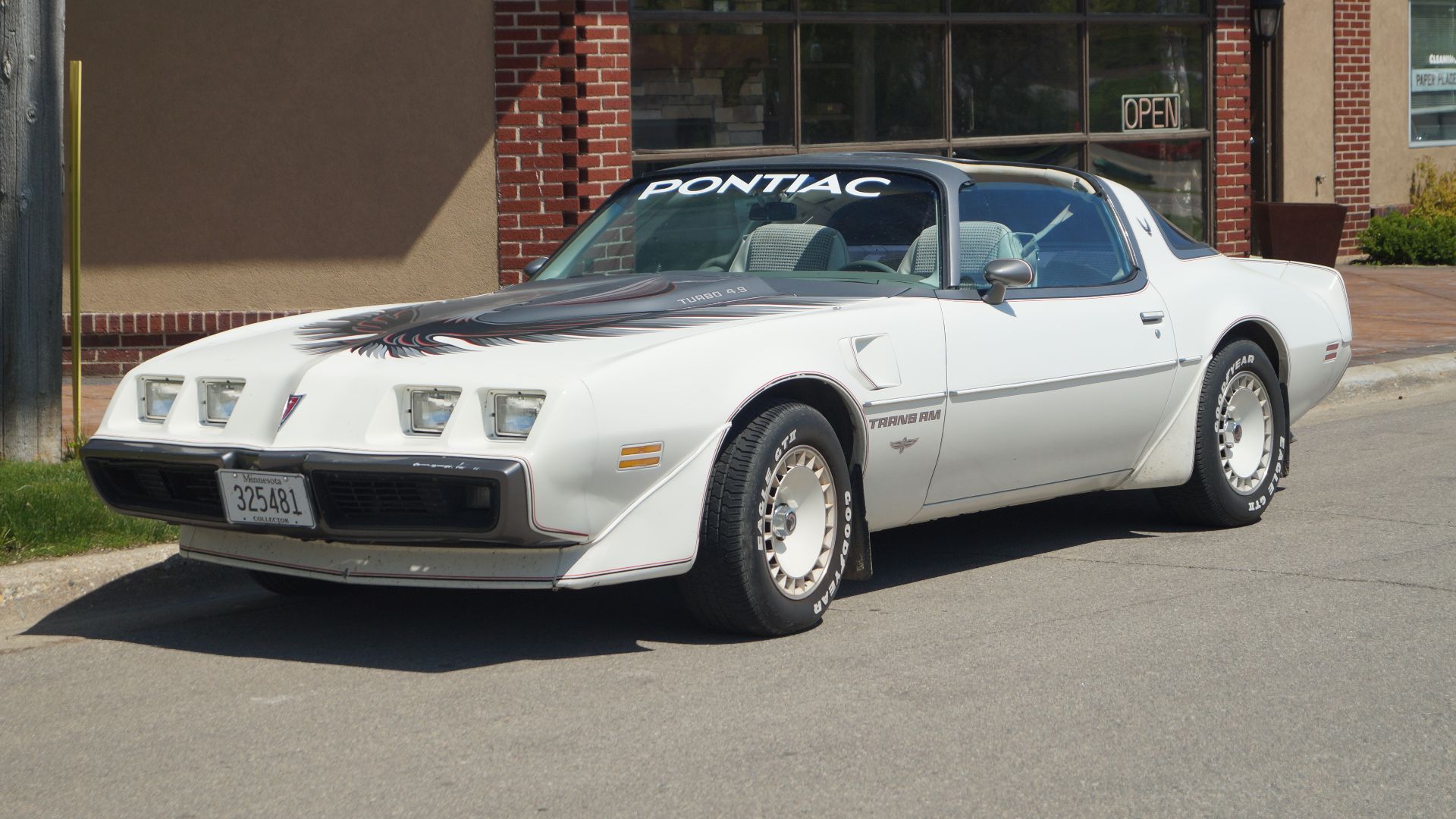 Greg Gjerdingen from Willmar, USA, Wikimedia Commons
Greg Gjerdingen from Willmar, USA, Wikimedia Commons
Citroën SM
Utterly magical to drive when perfect; equally capable of draining wallets when not. Buyer resources harp on the Maserati V-6 maintenance and the hydropneumatic system’s complexity—rewarding for the right owner, overrated for casual collectors.
Jaguar XJ12/XJ Series III
A sublime cruiser… that rewards only the most meticulous prior ownership. Veteran buyers warn that deferred maintenance on the V-12 or the car’s many systems can turn a “cheap classic Jag” into a multi-year project. The market’s chronic undervaluation reflects those realities.
Volkswagen Beetle (Late U.S. Cars)
Universally charming—but when late, emissions-era U.S. Beetles start trading for near-sports-car money, savvy collectors point out you’re buying charm and culture, not speed or sophistication. Buyer guides consistently emphasize modest performance and the need to inspect for rust, heater-channel repairs, and quality of restorations.
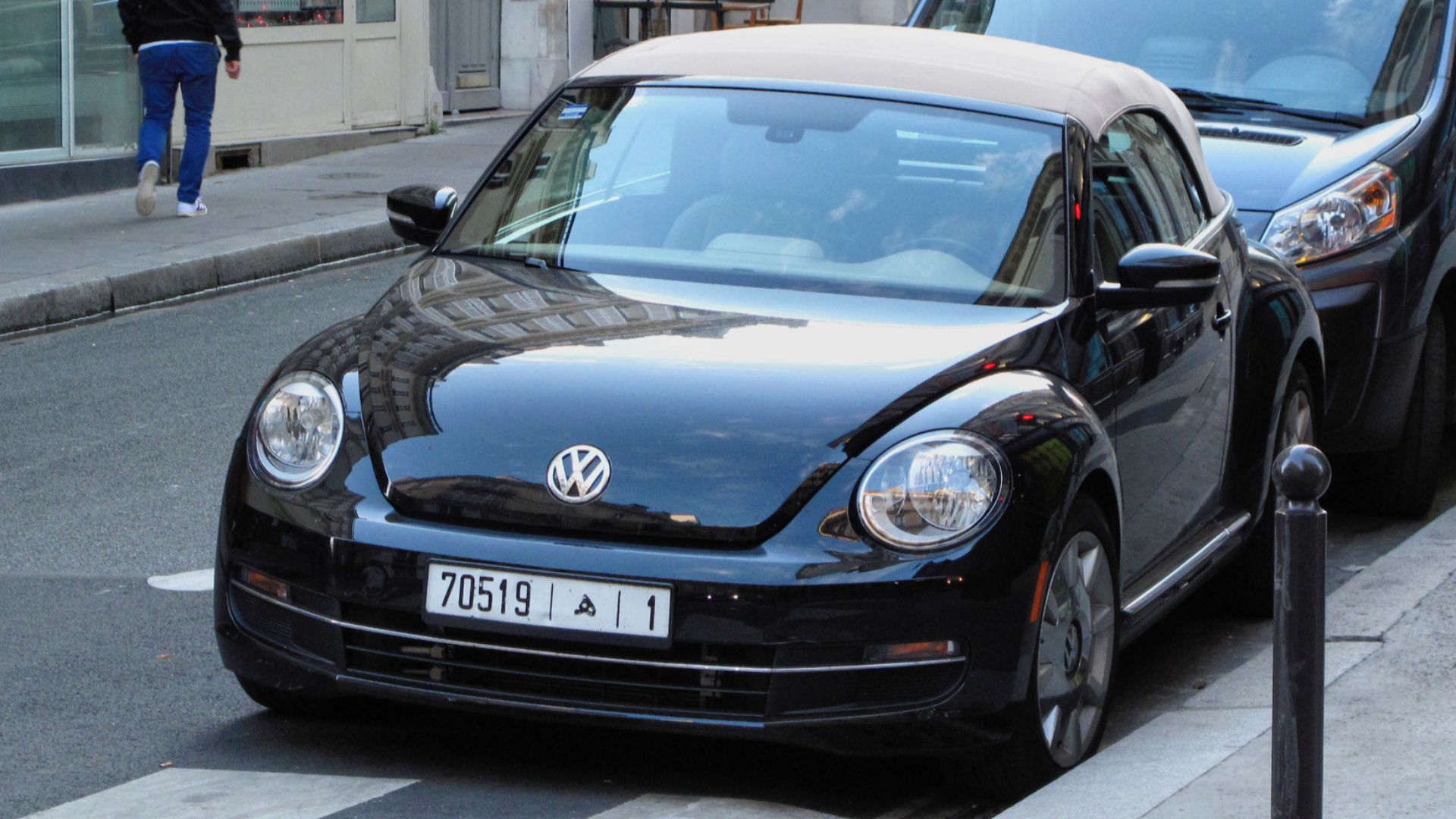 Rutger van der Maar, Wikimedia Commons
Rutger van der Maar, Wikimedia Commons
Would You Drive Any Of These "Classics"?
Overrated doesn’t mean “bad.” It means “know what you’re actually getting.” Many of these cars have passionate owners who’ve cured common flaws and adore the result. But the experts and long-time collectors quoted above keep repeating the same advice: buy the best example you can, read the buyer’s guides, and budget for the boring stuff (cooling systems, timing chains, hydraulics) before you budget for stripes and spoilers. That way, when the hype machine meets the open road, you’ll still be smiling.
You May Also Like:
JFK's Custom Lincoln: The Car That Made History
Larry Ellison's Garage Is A Billionaire's Playground

